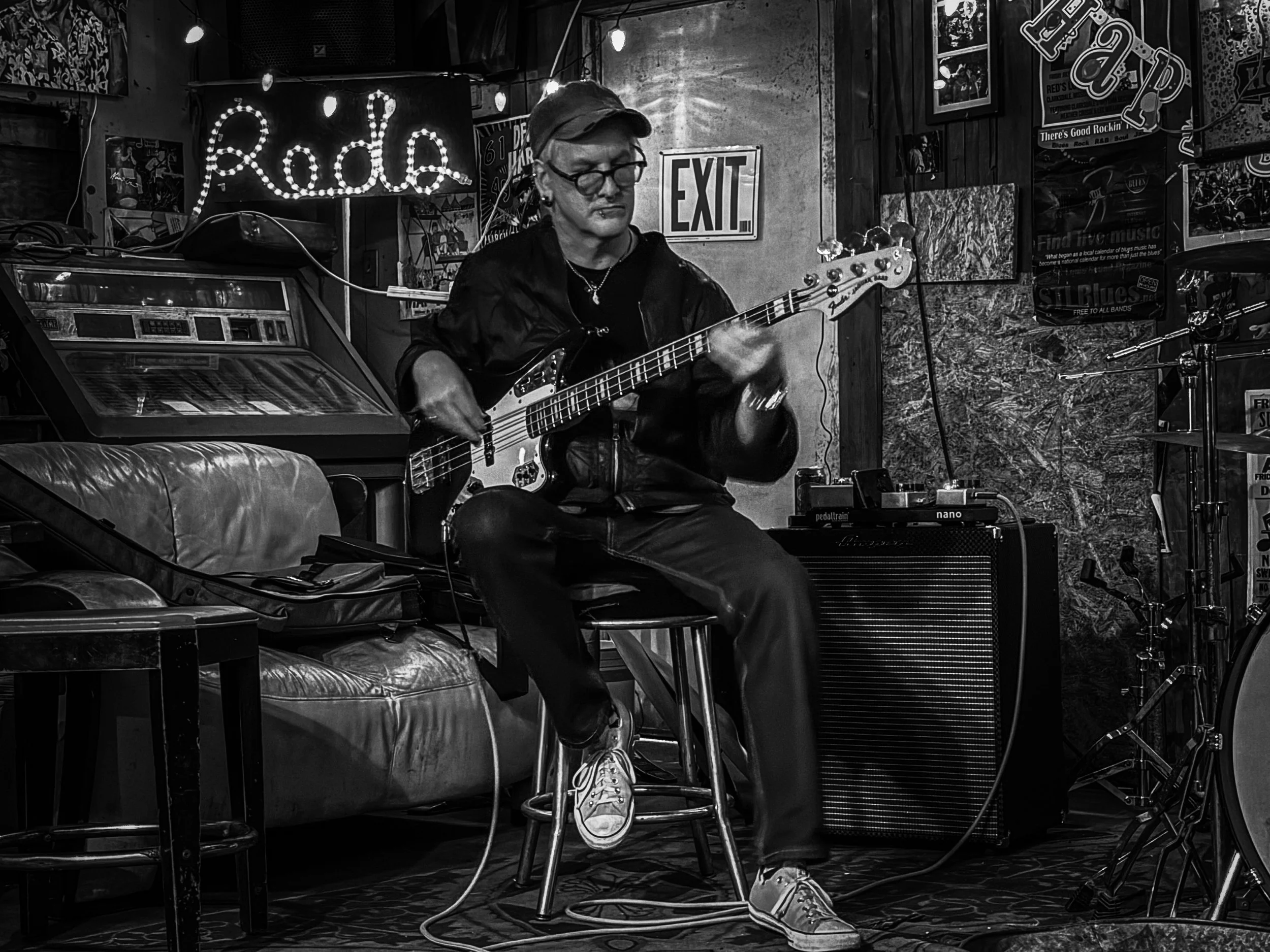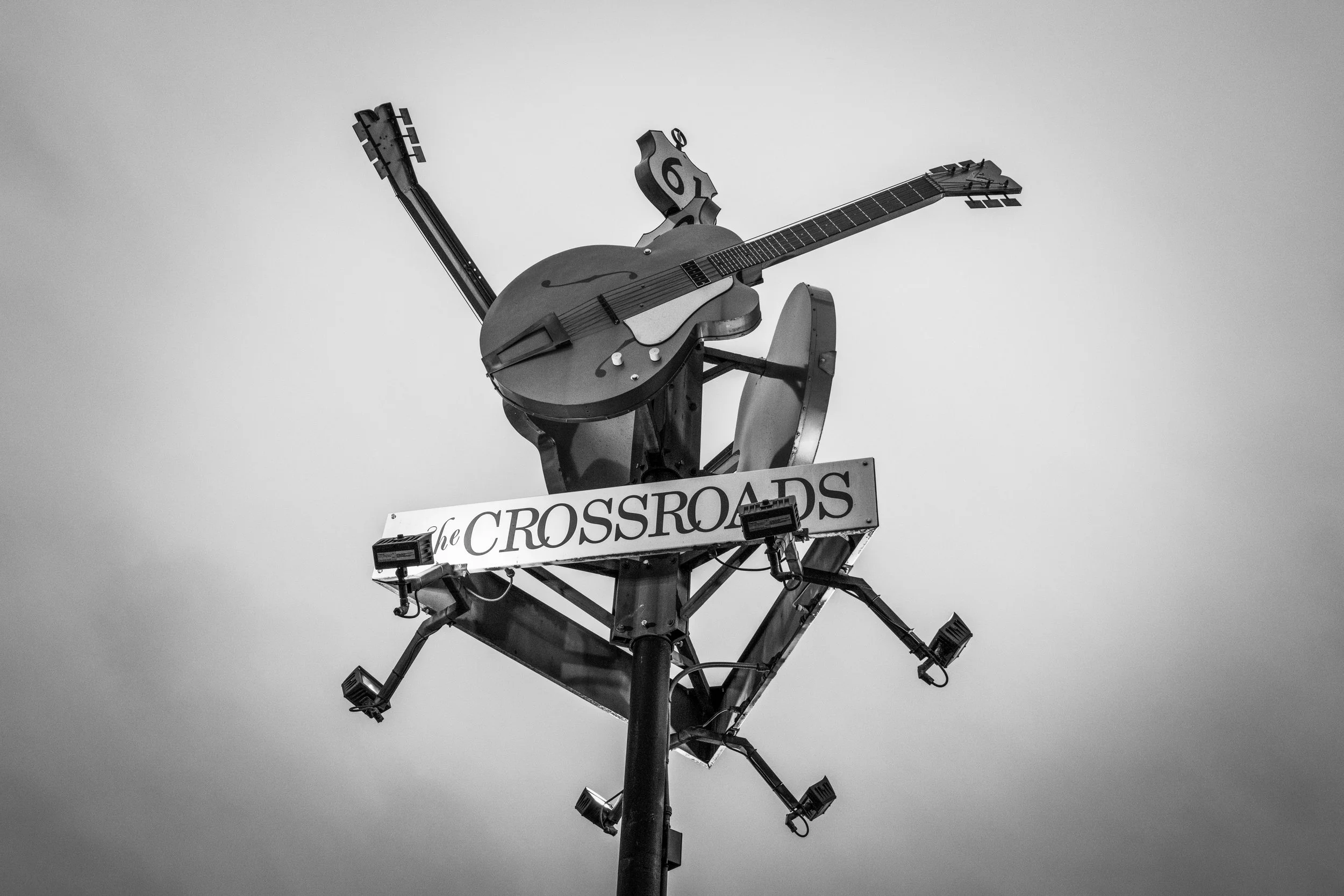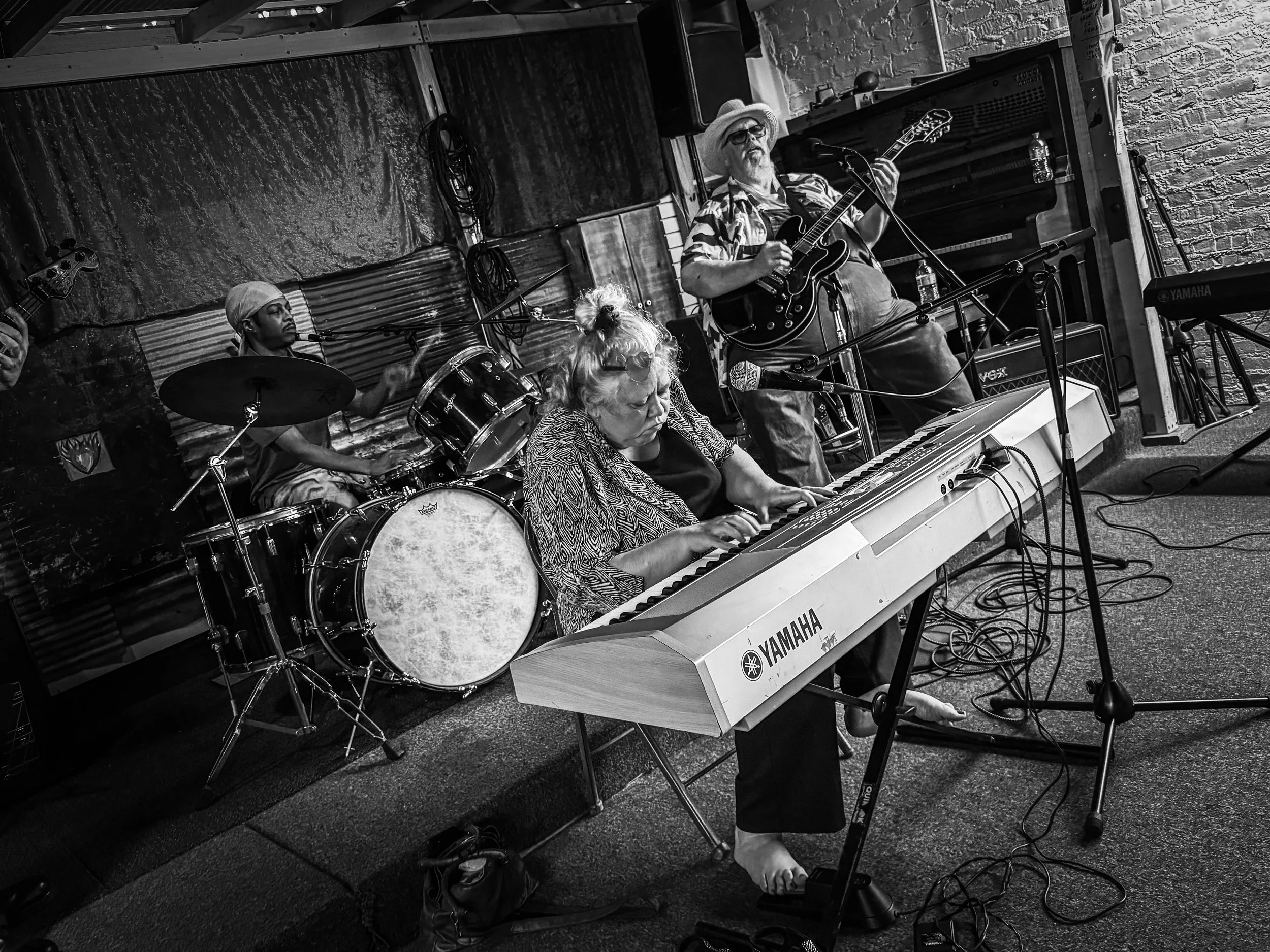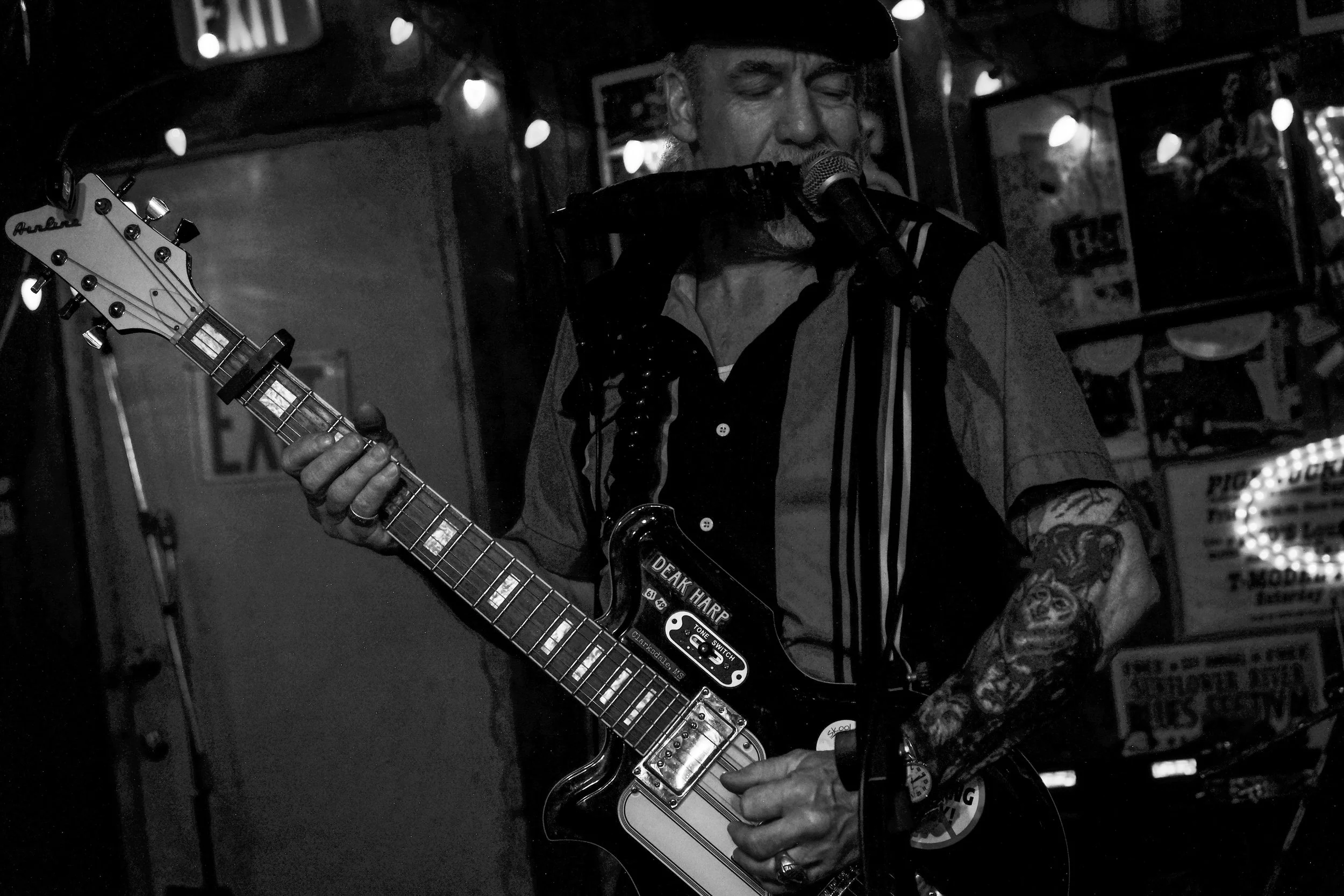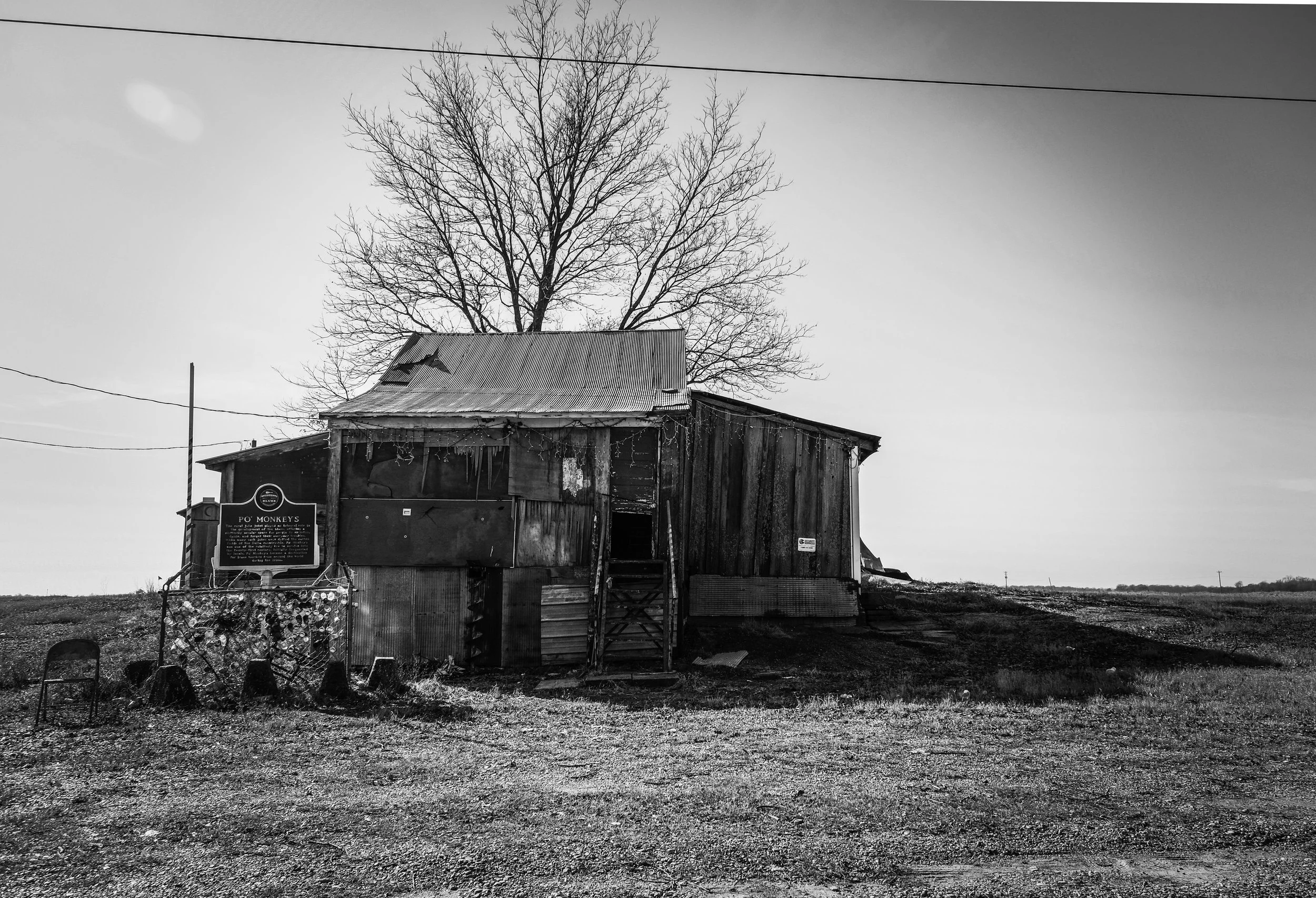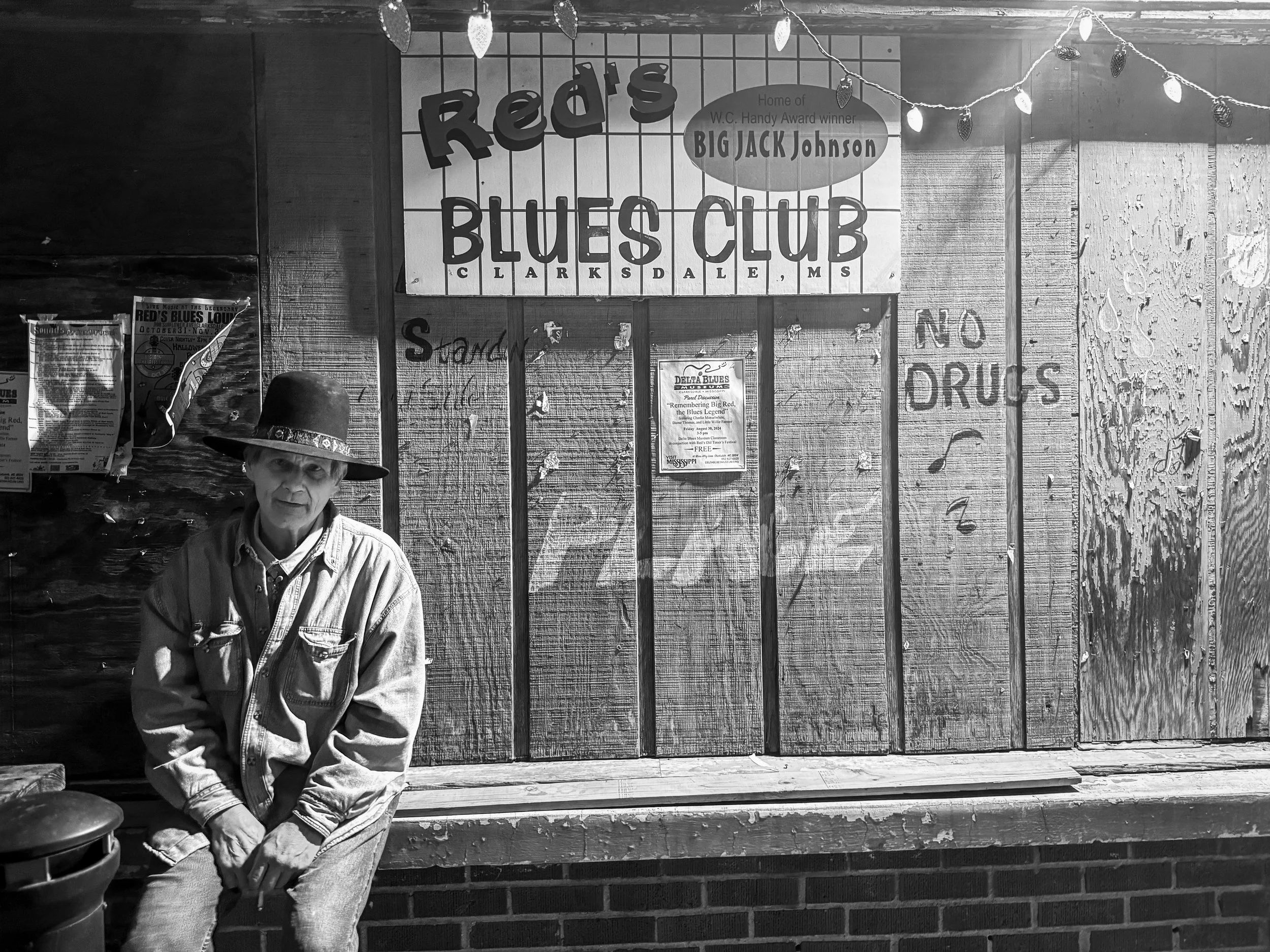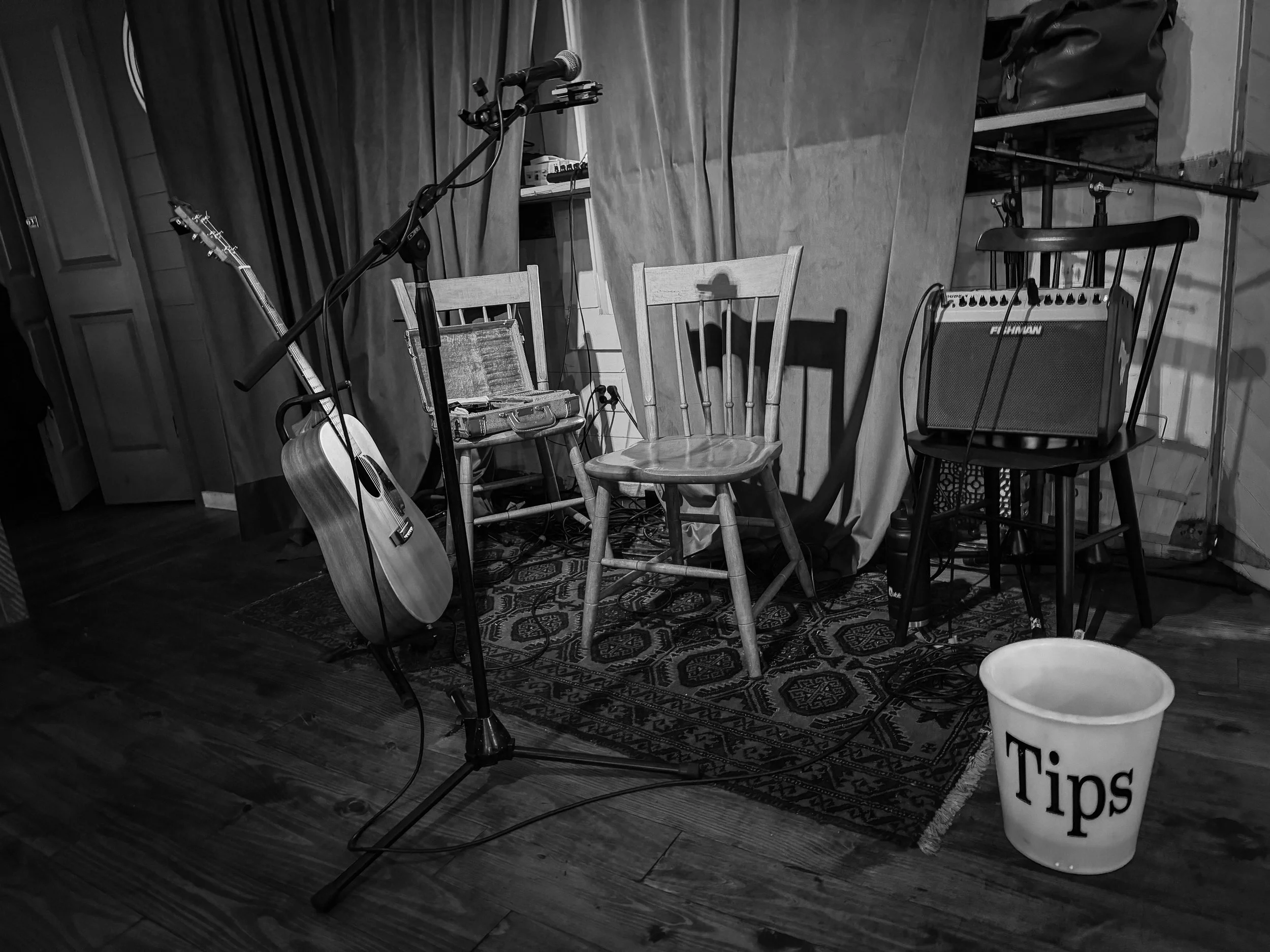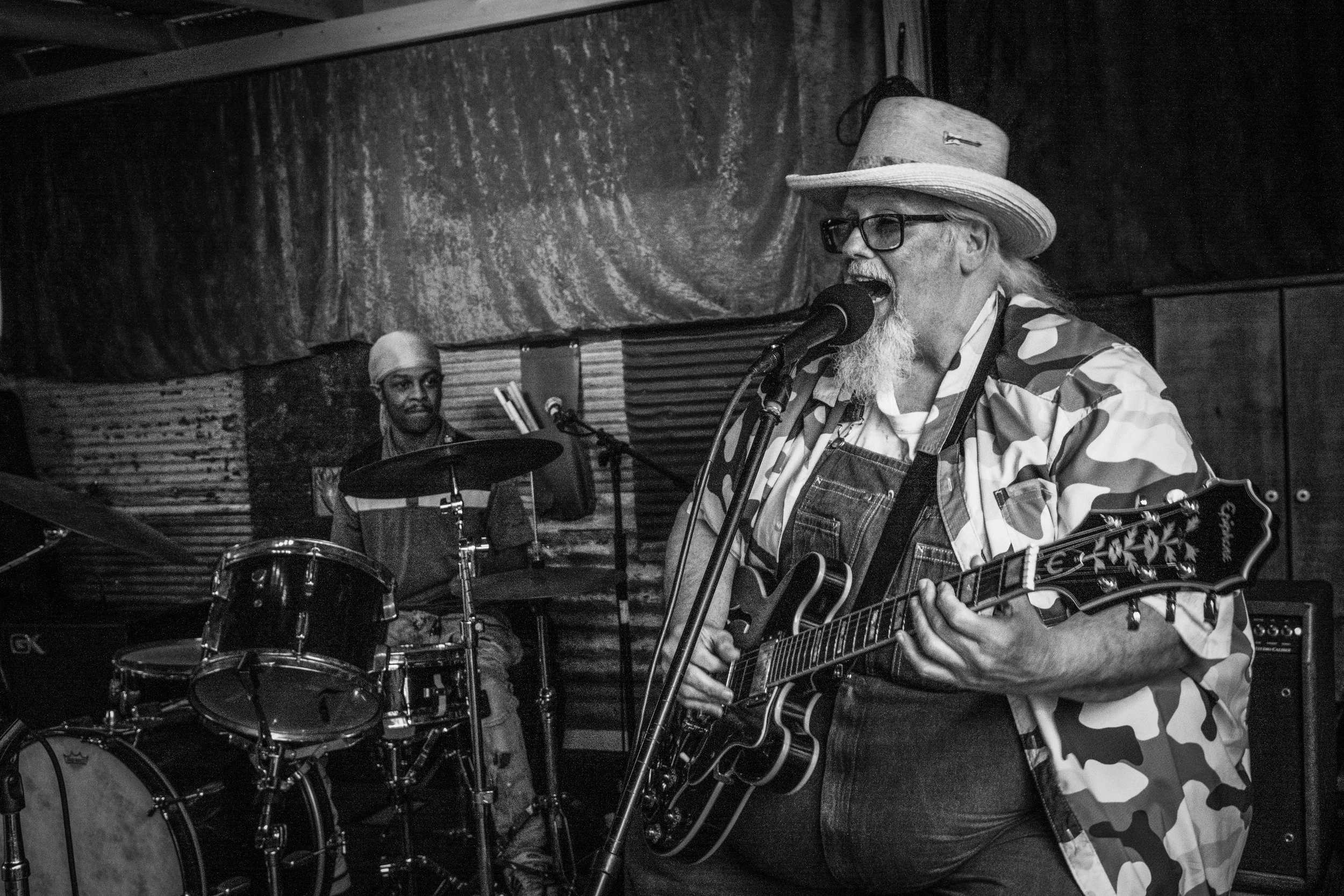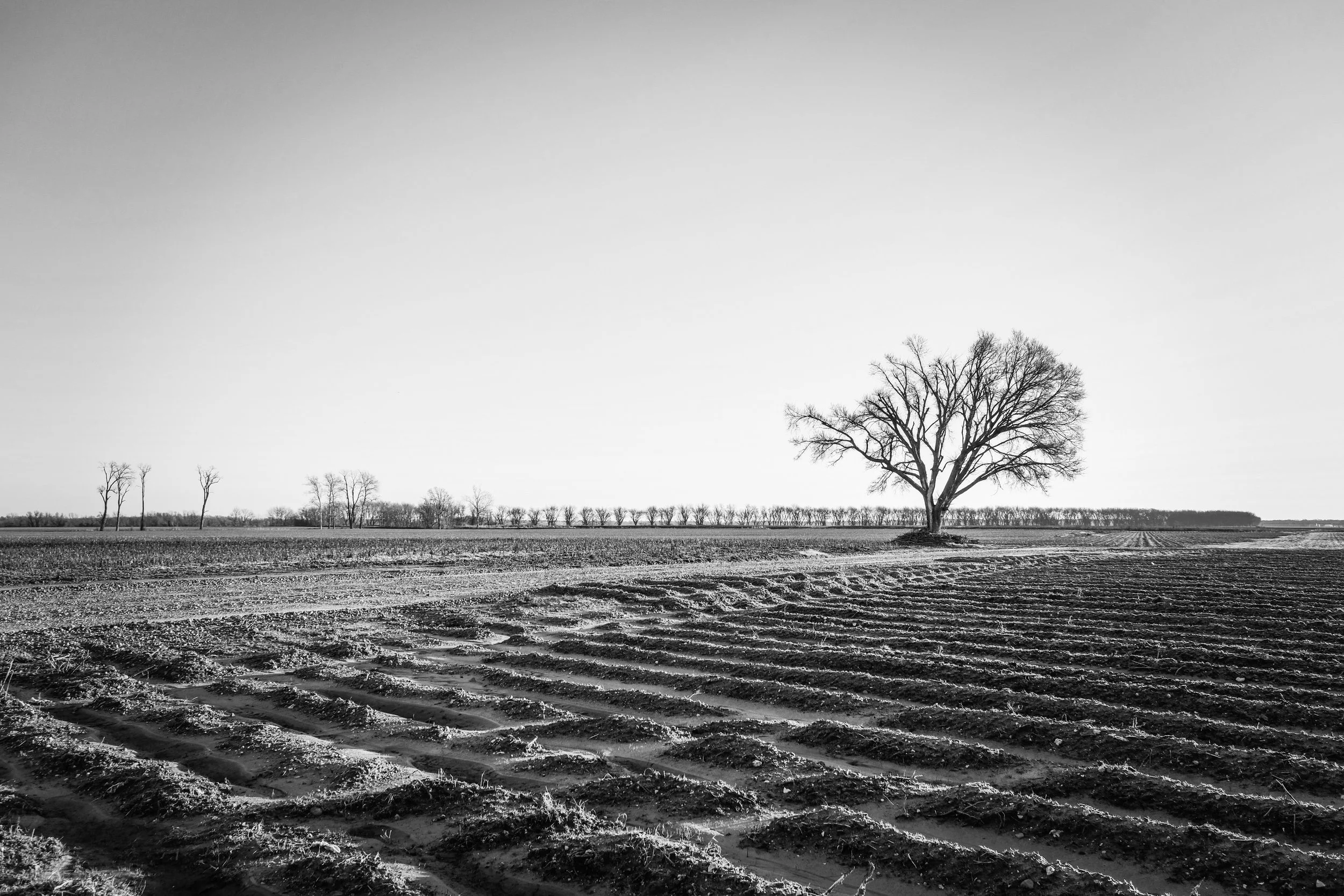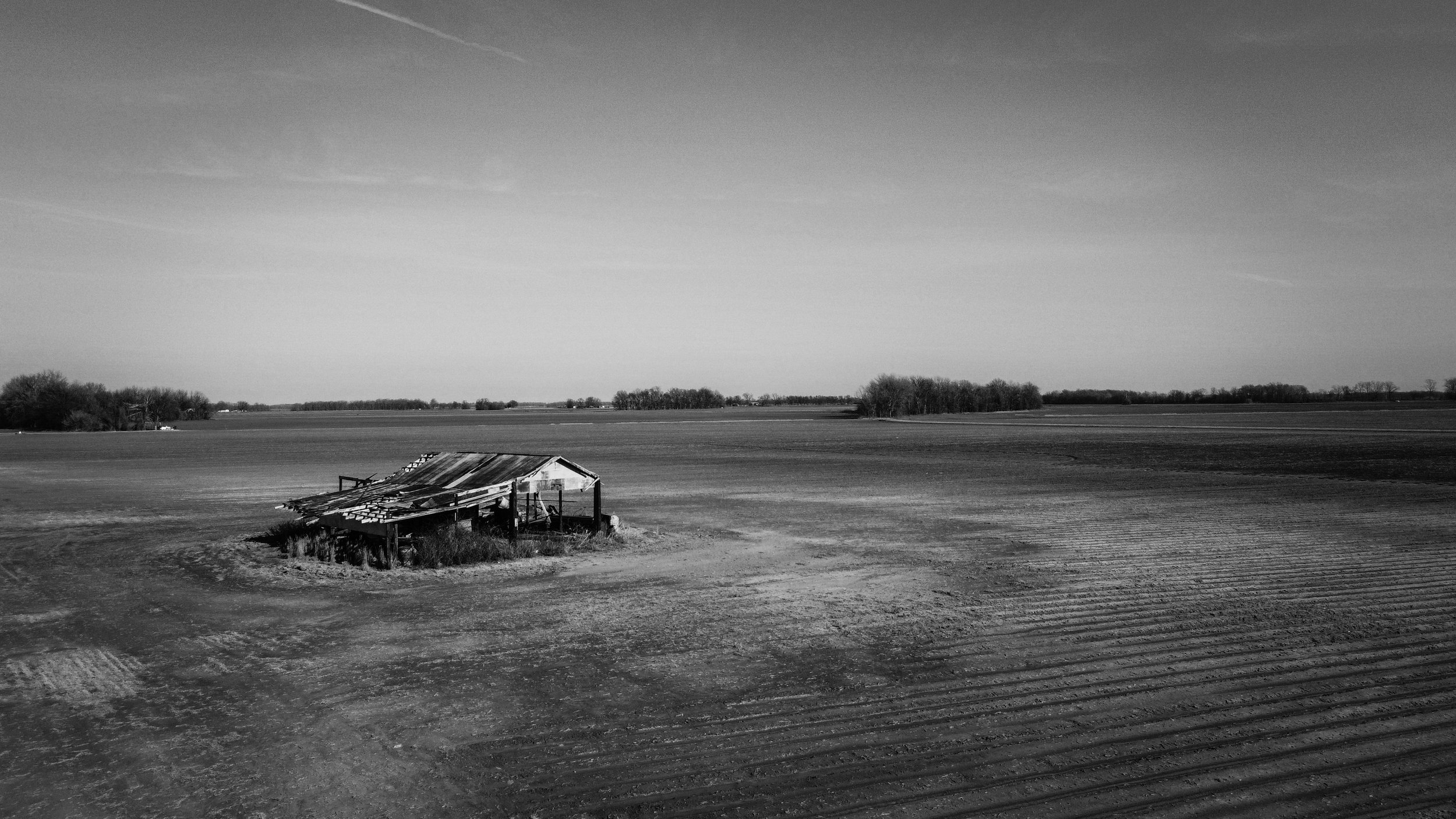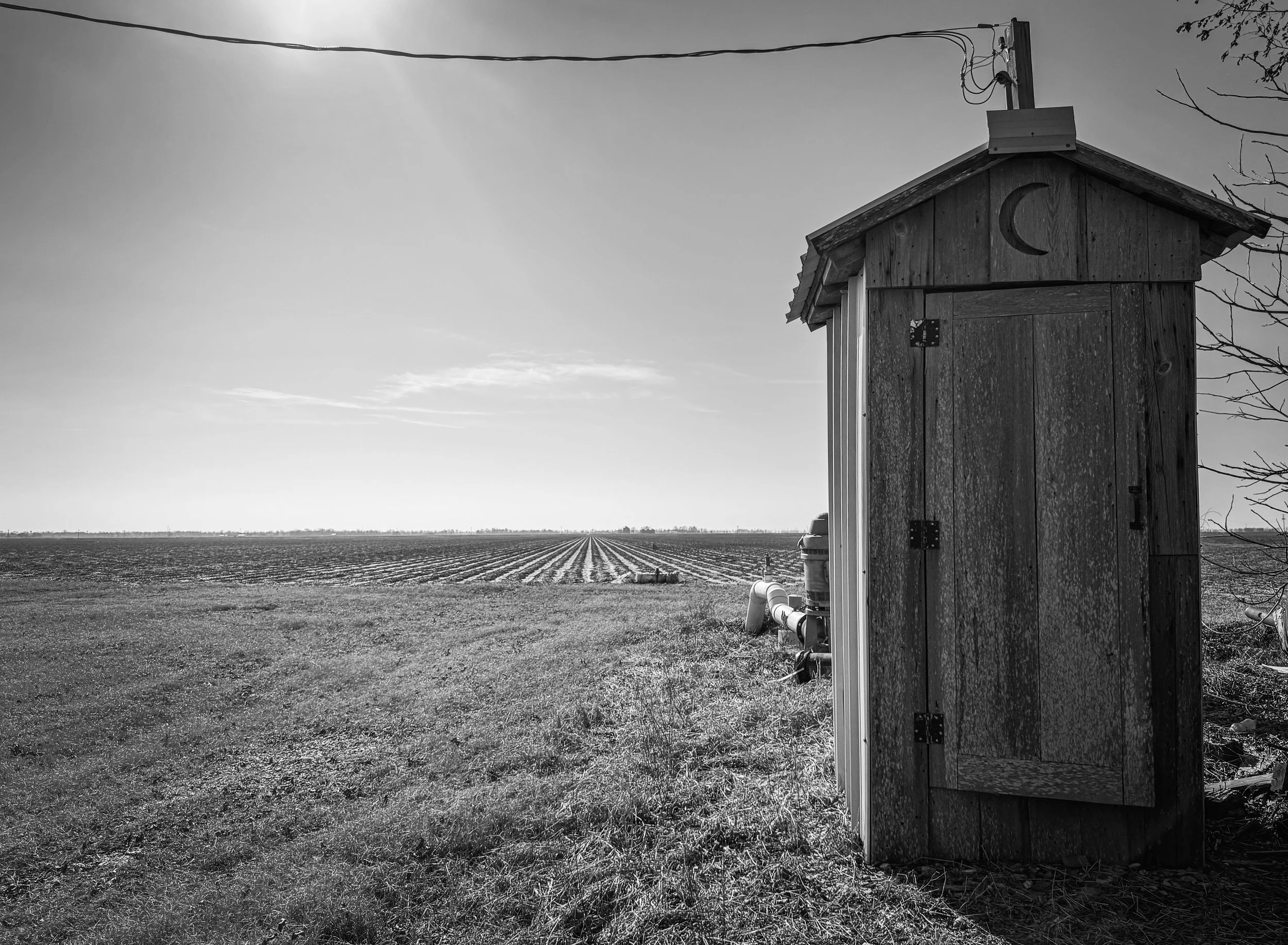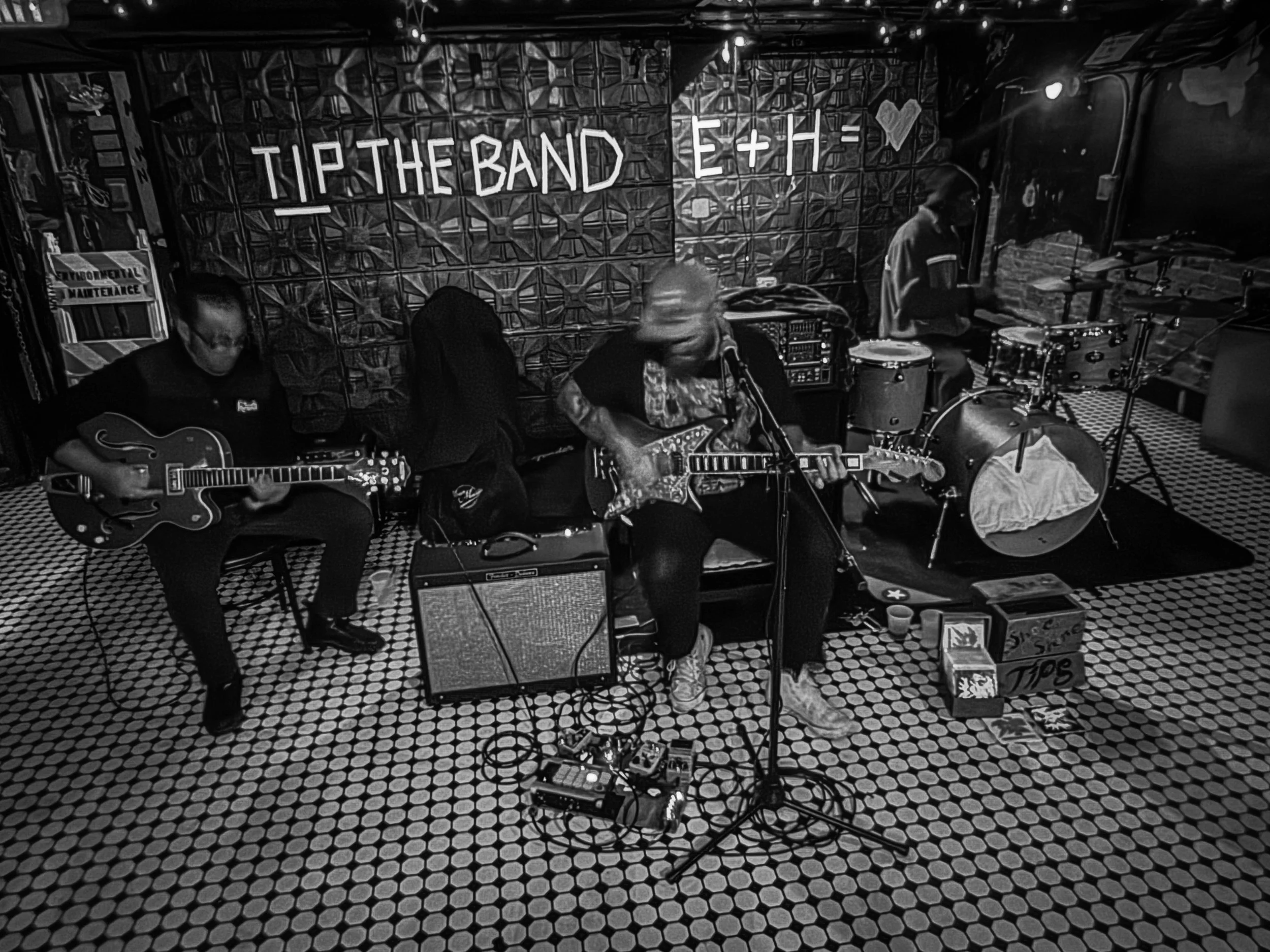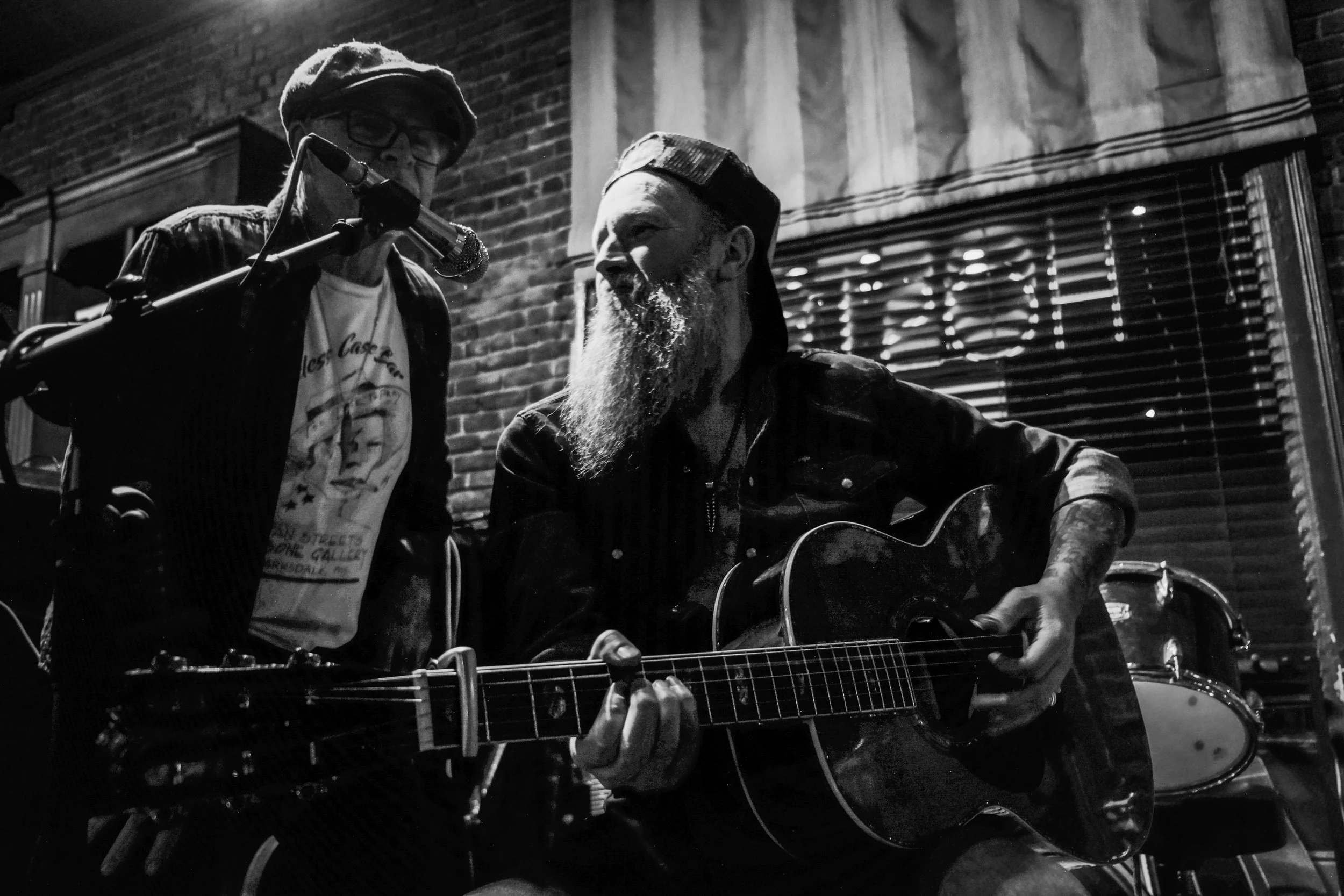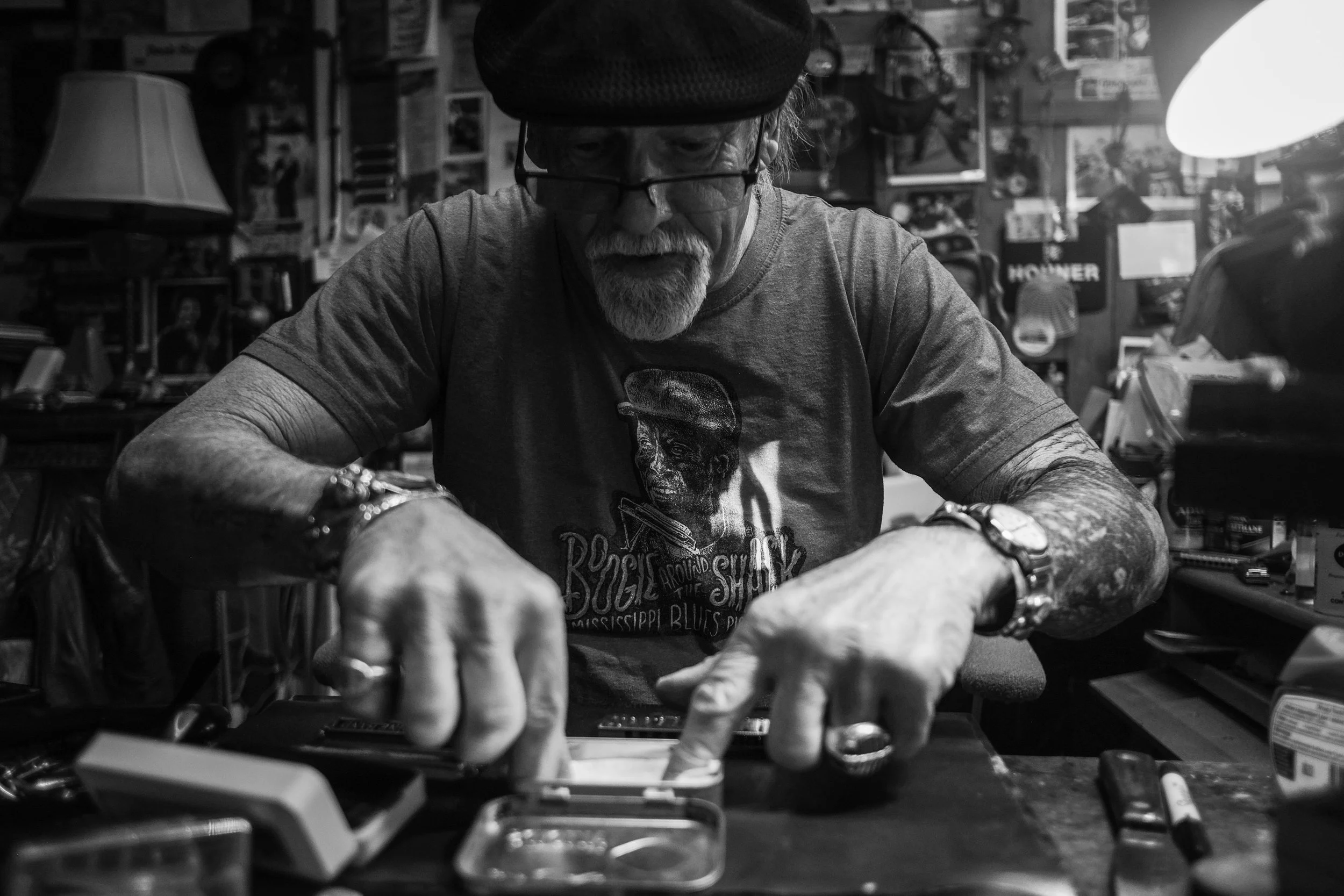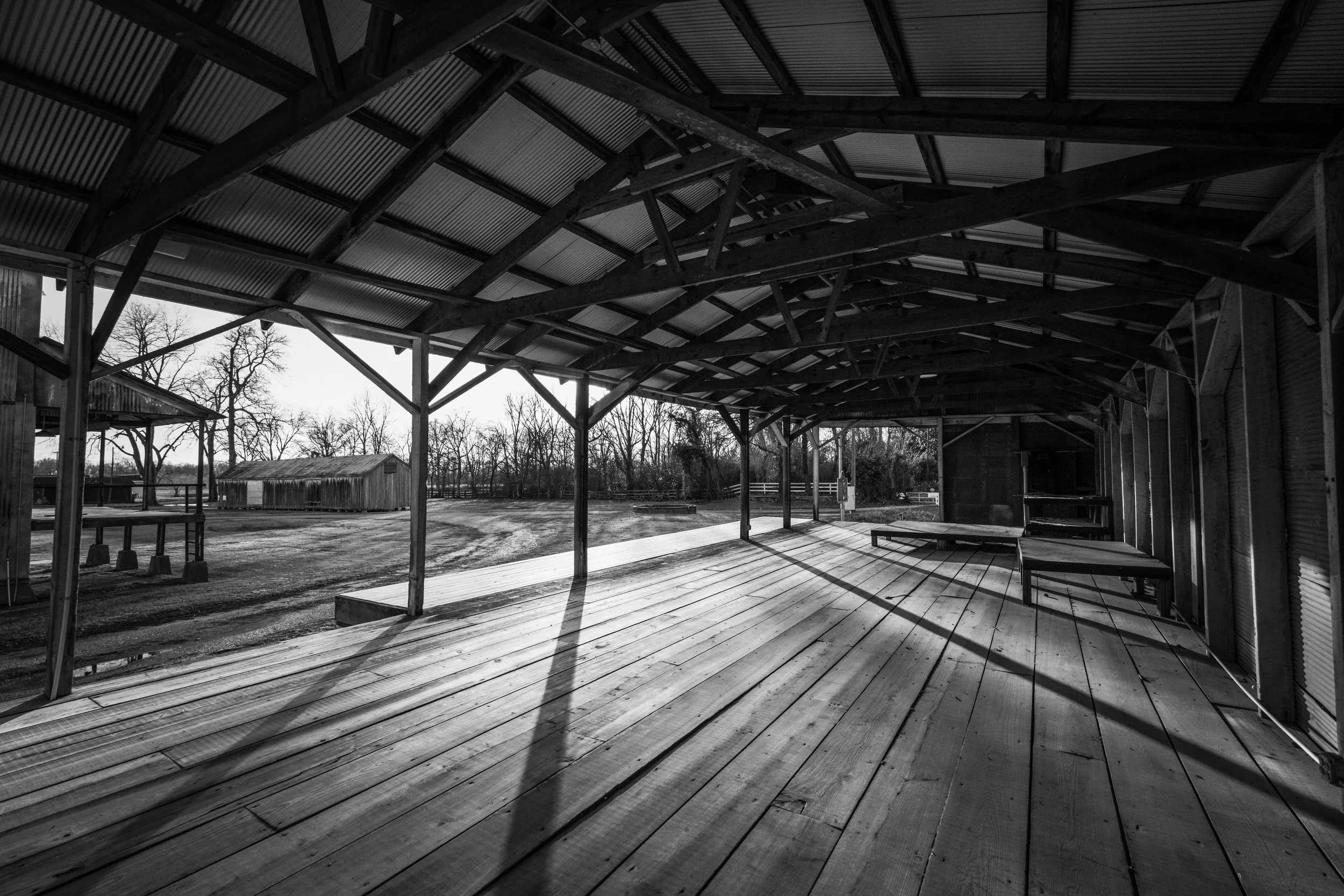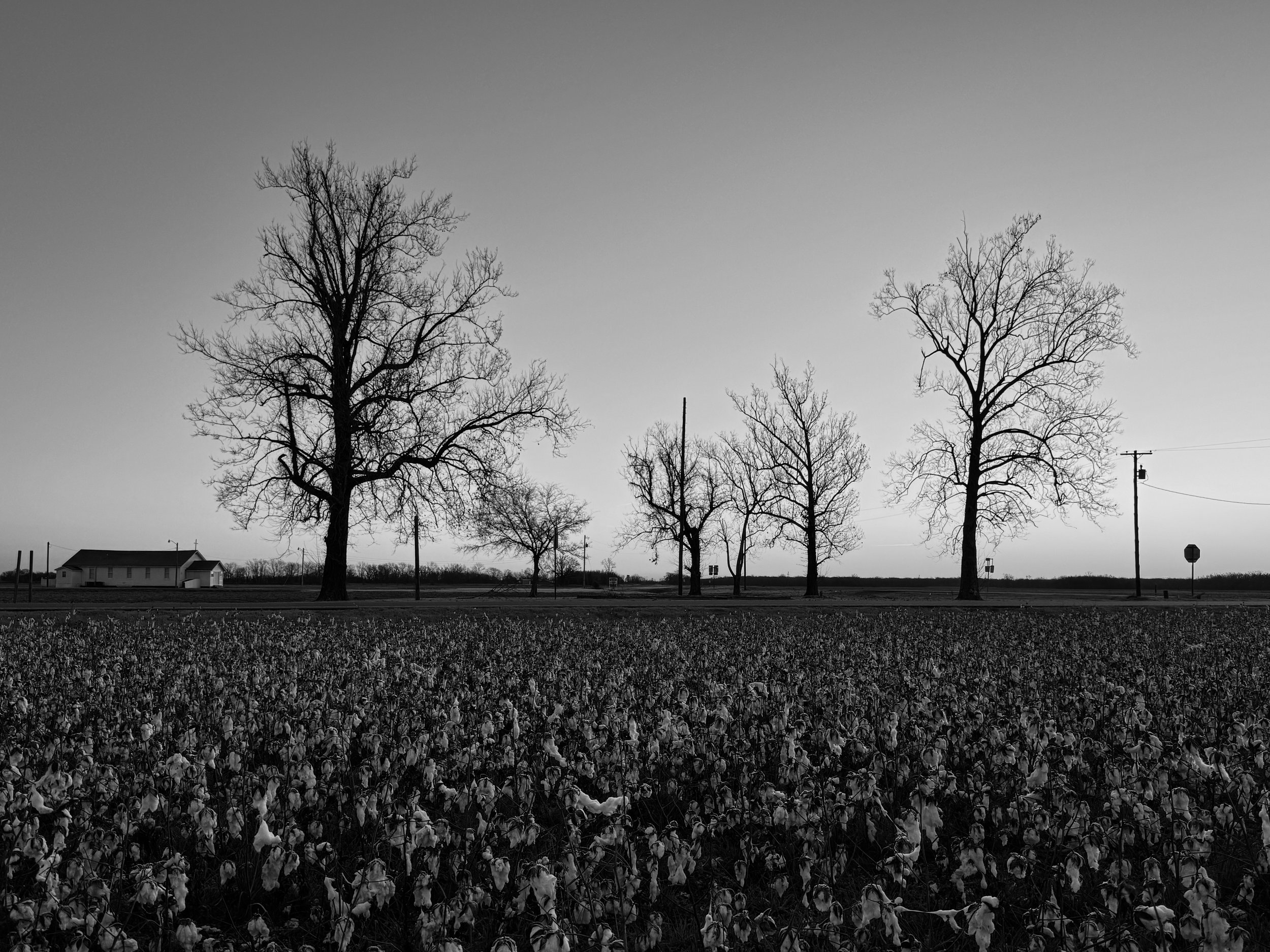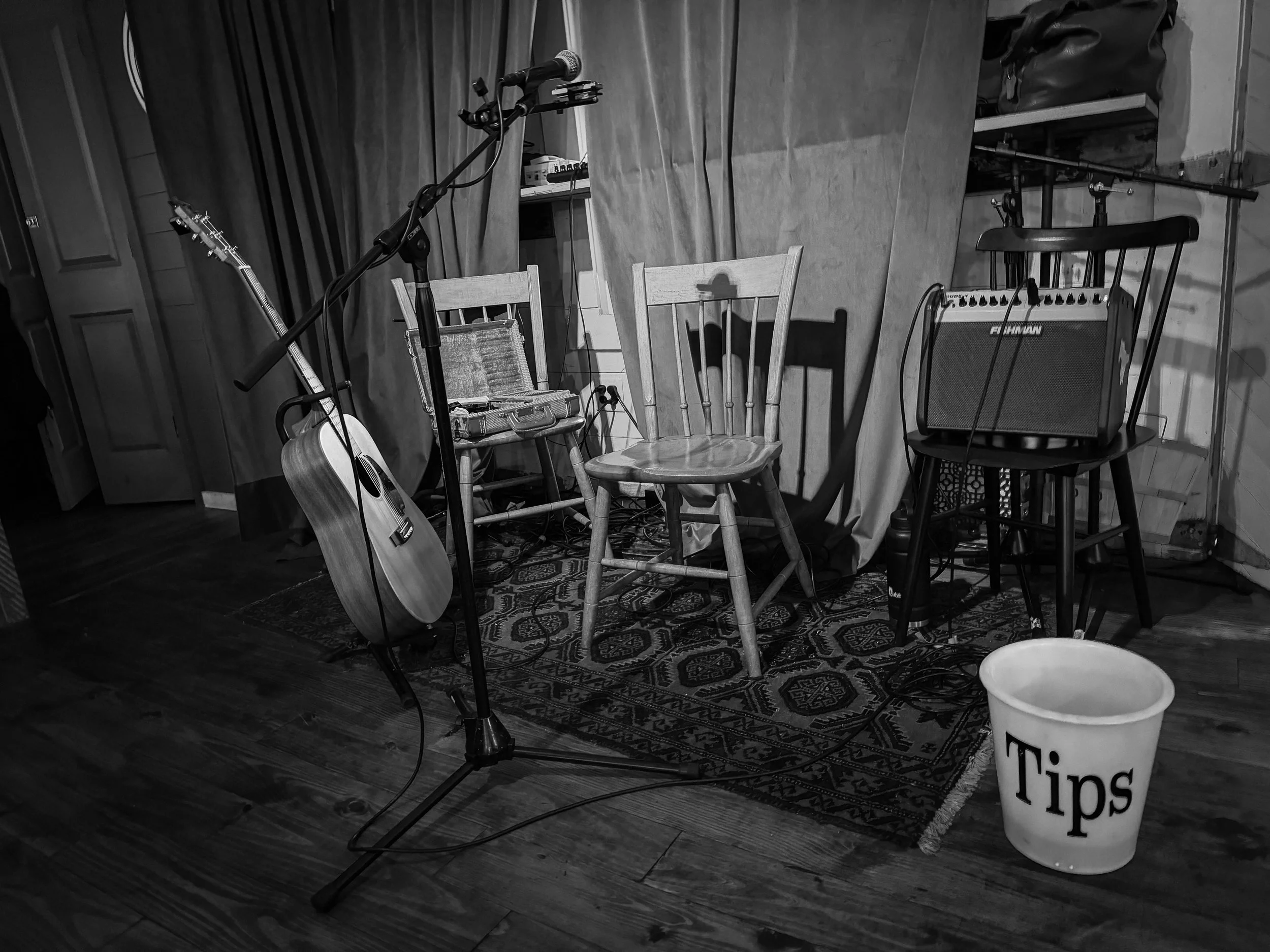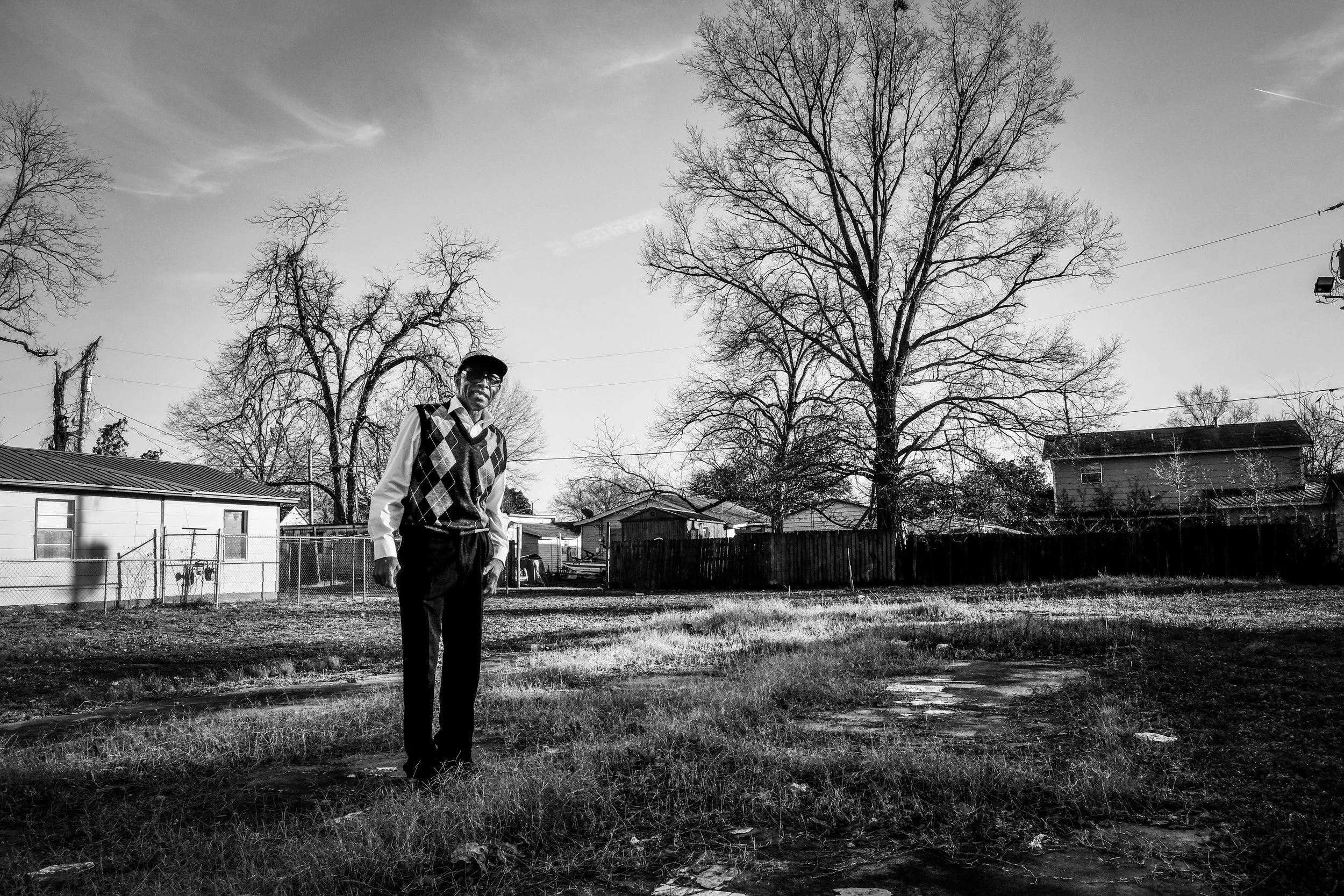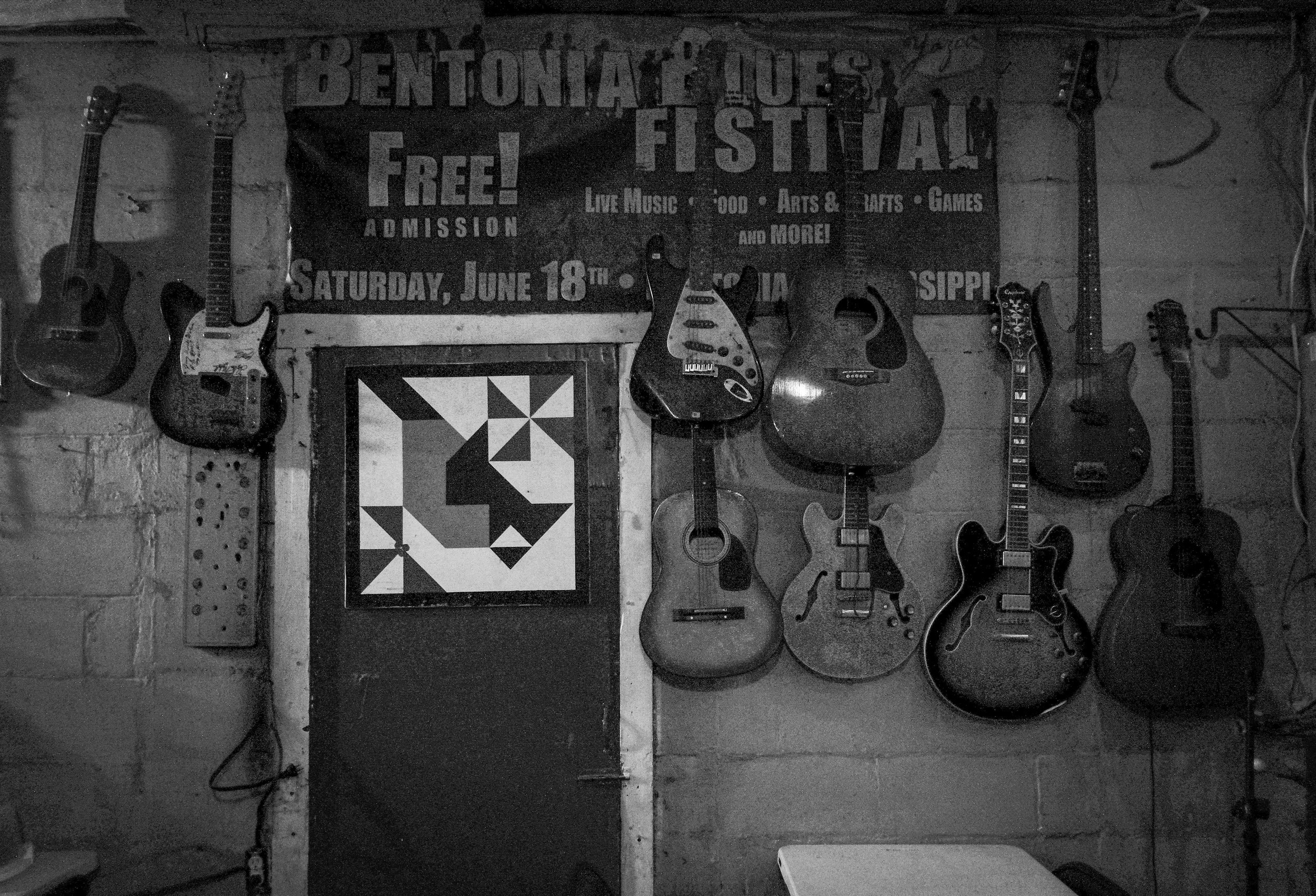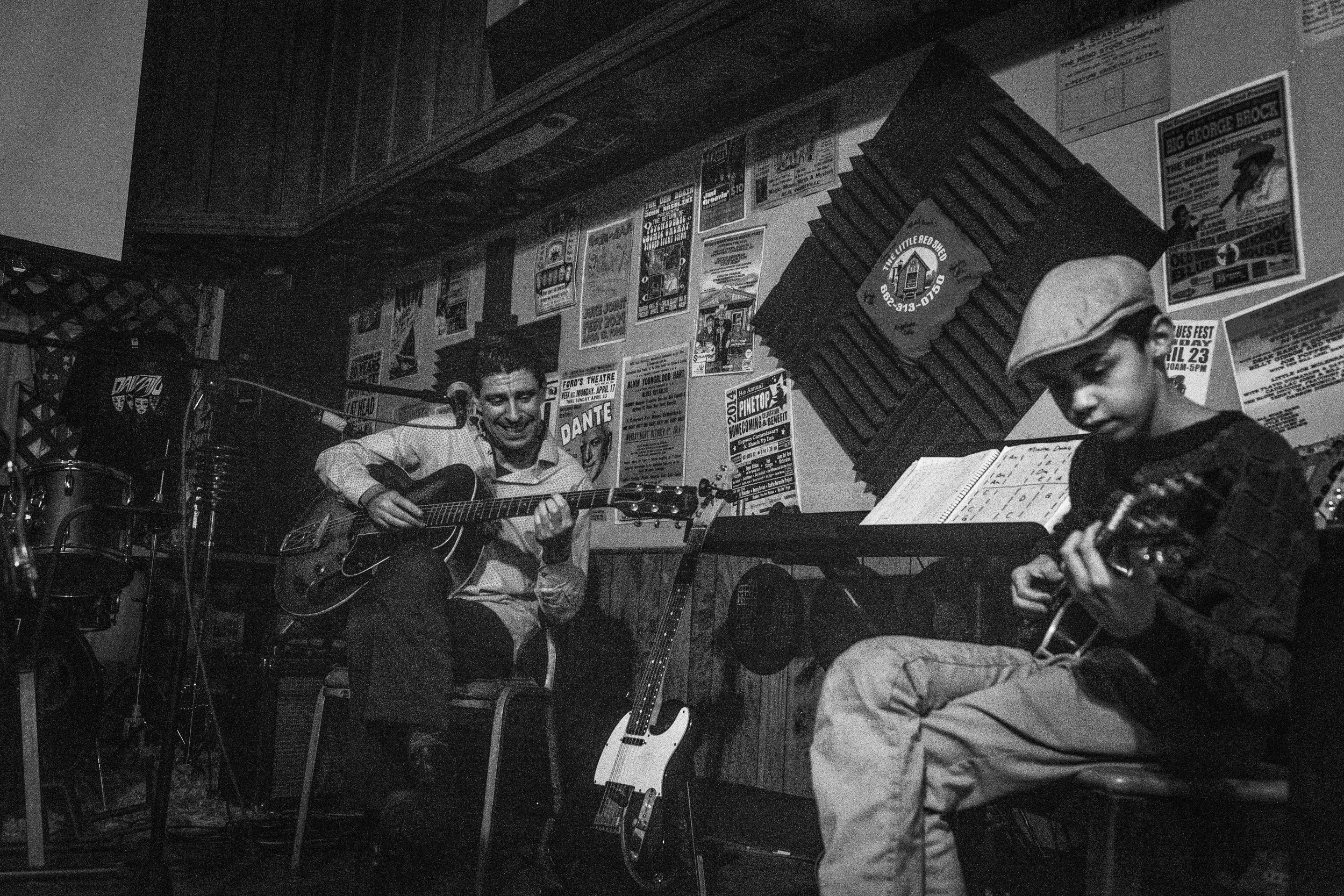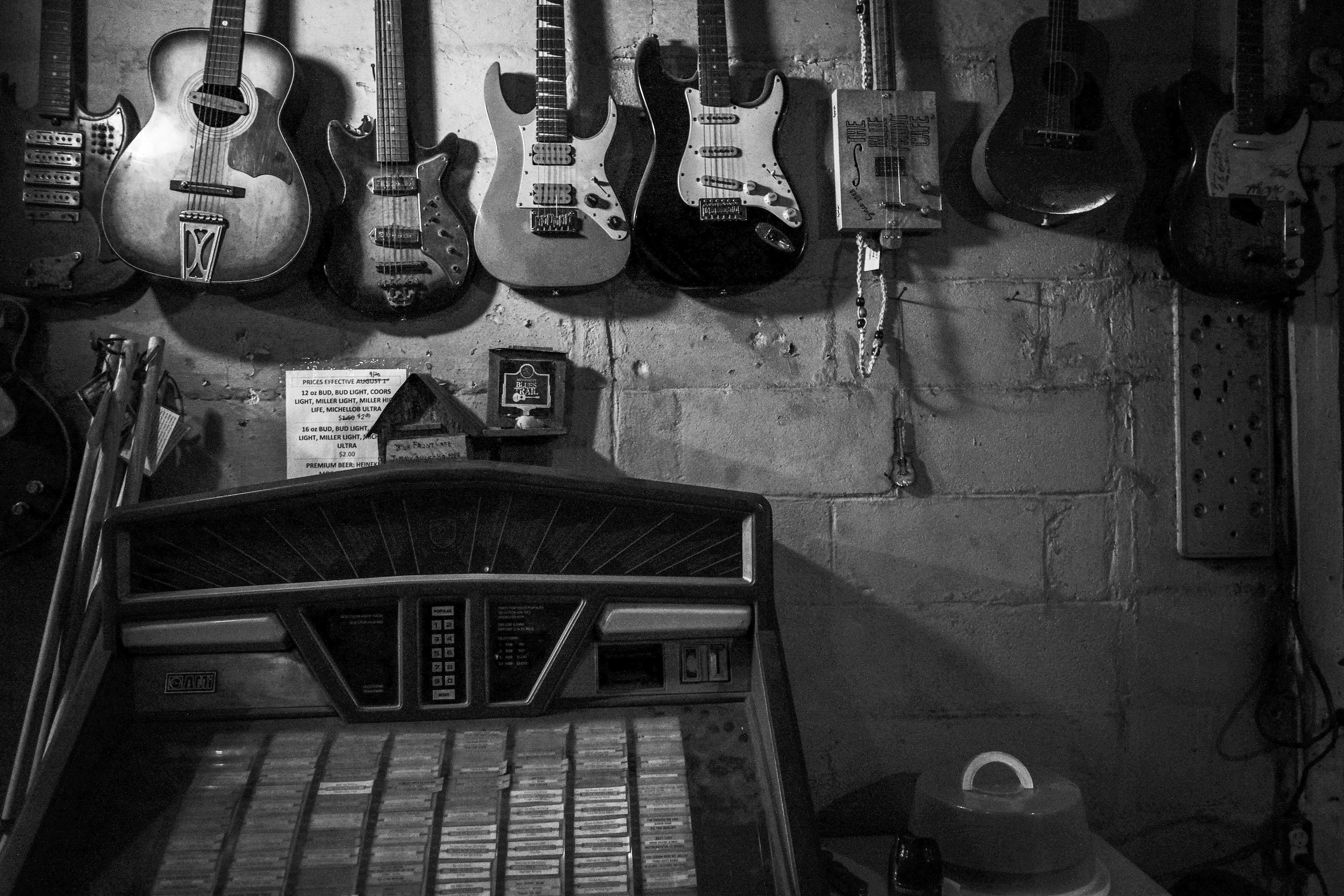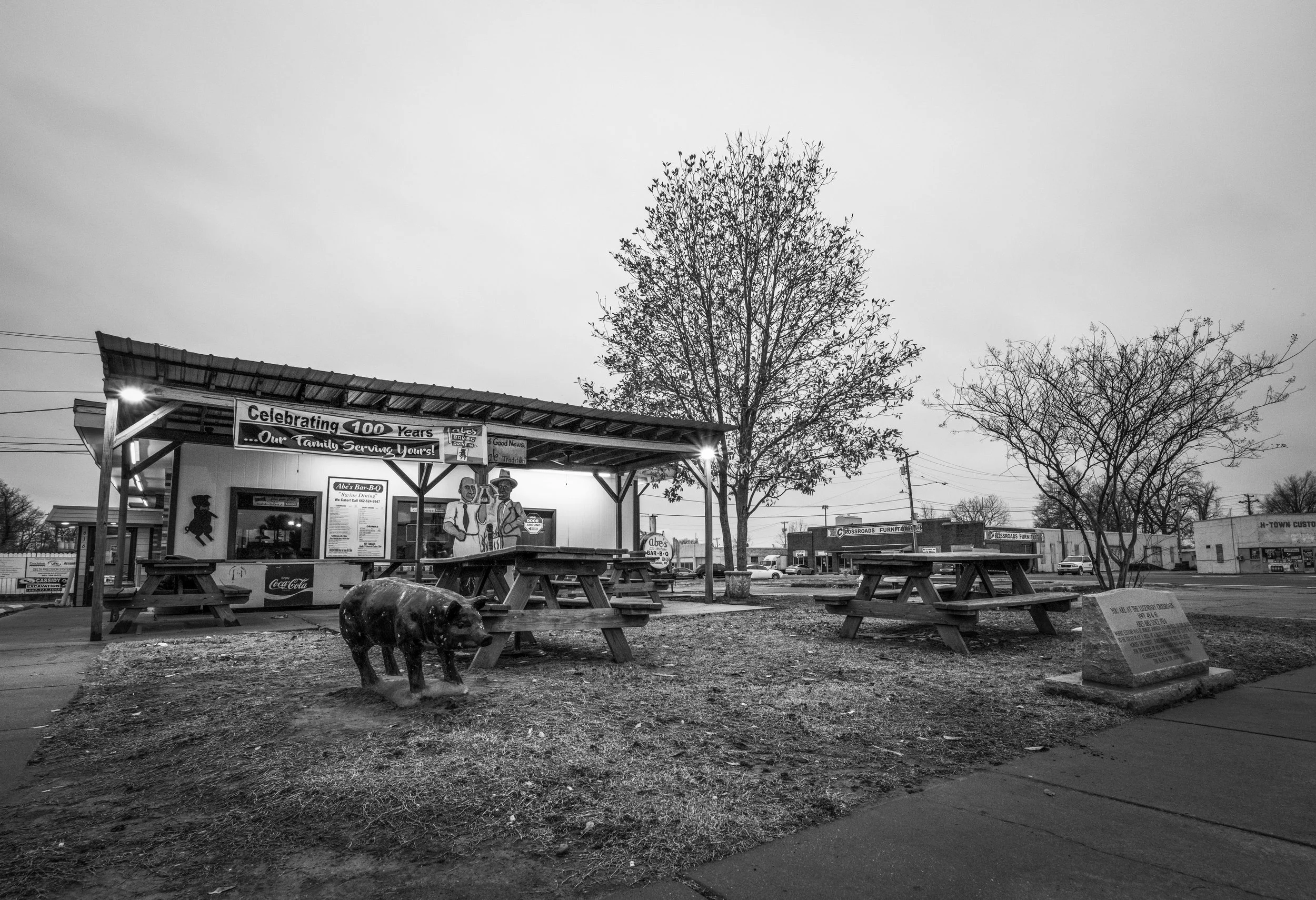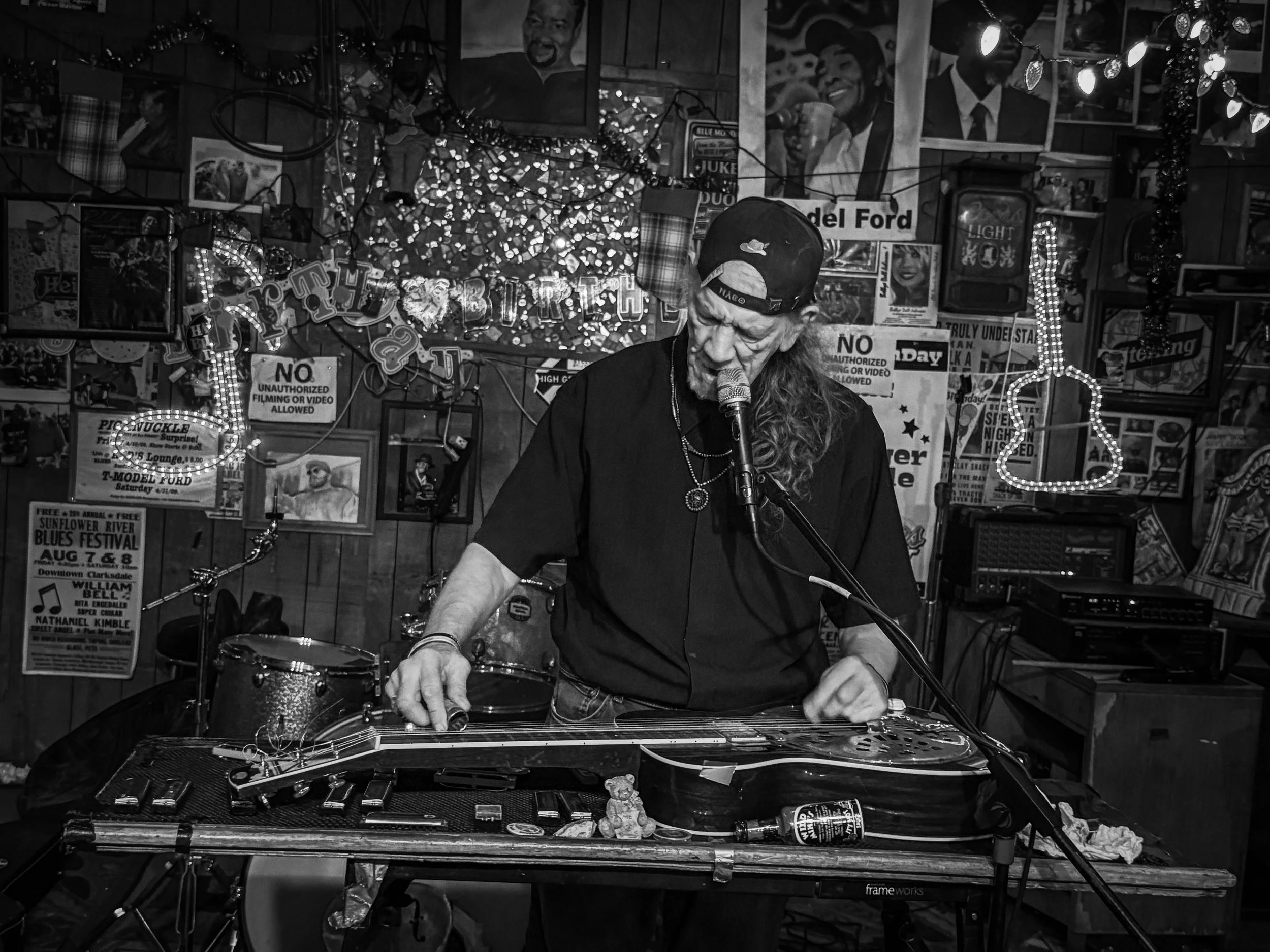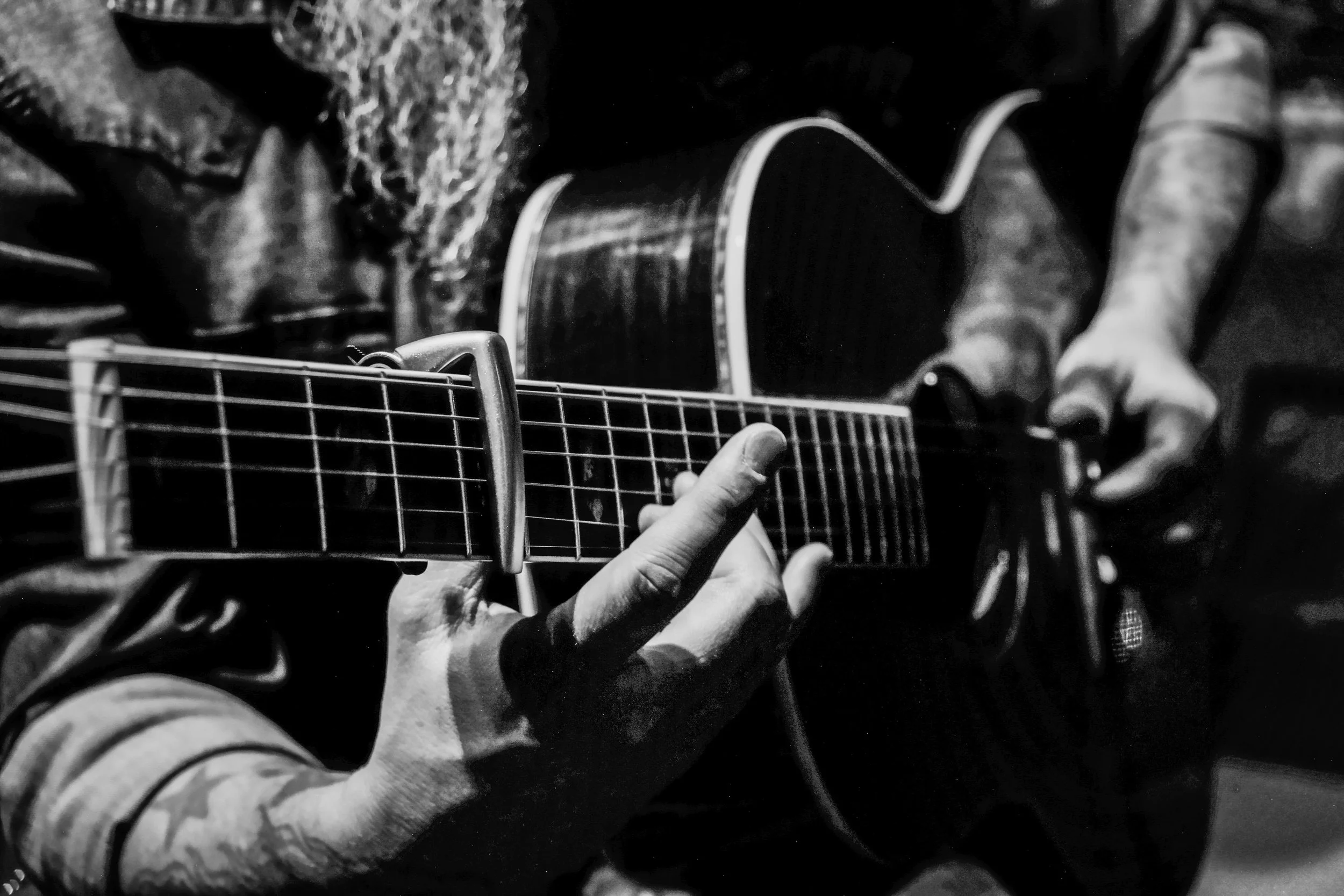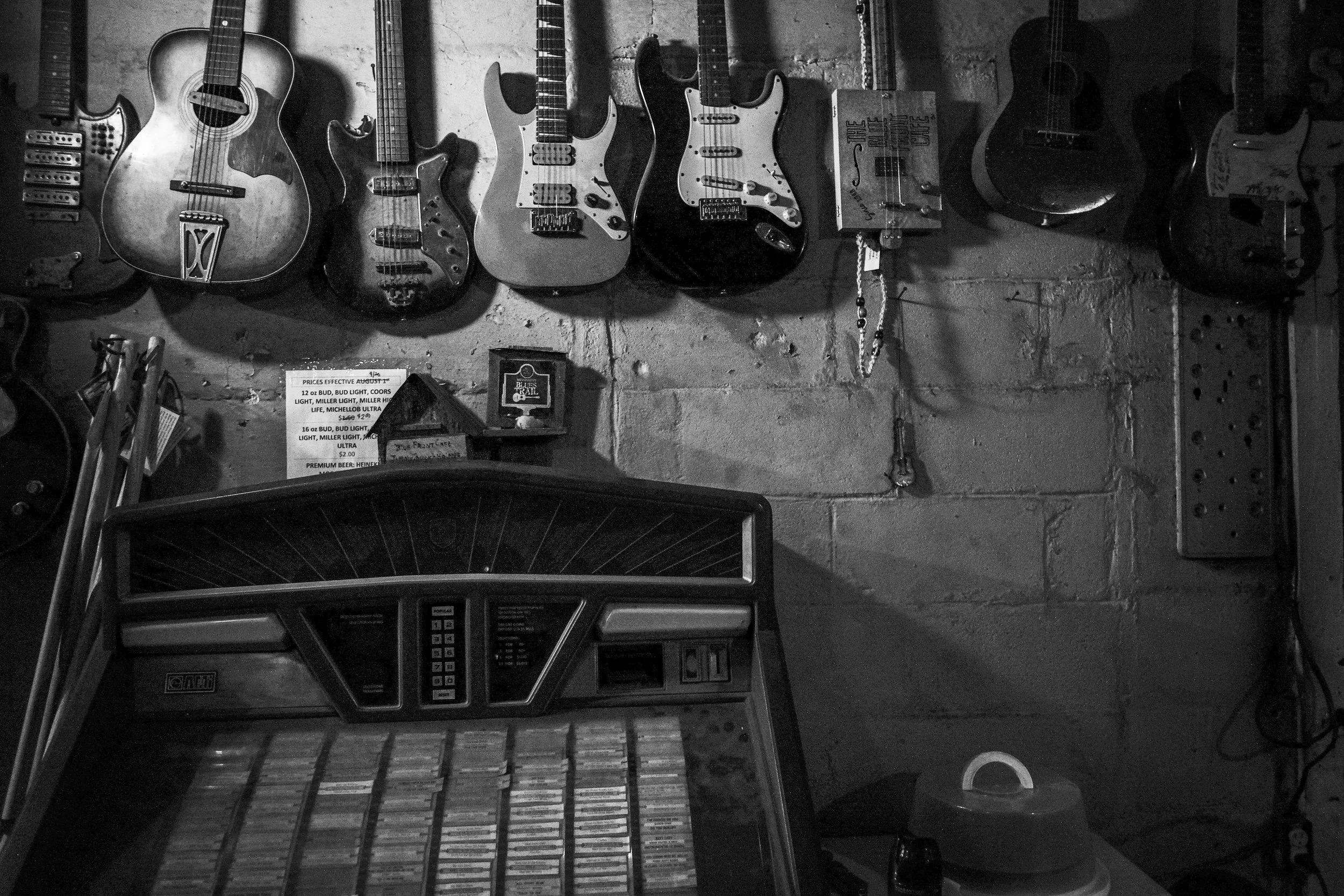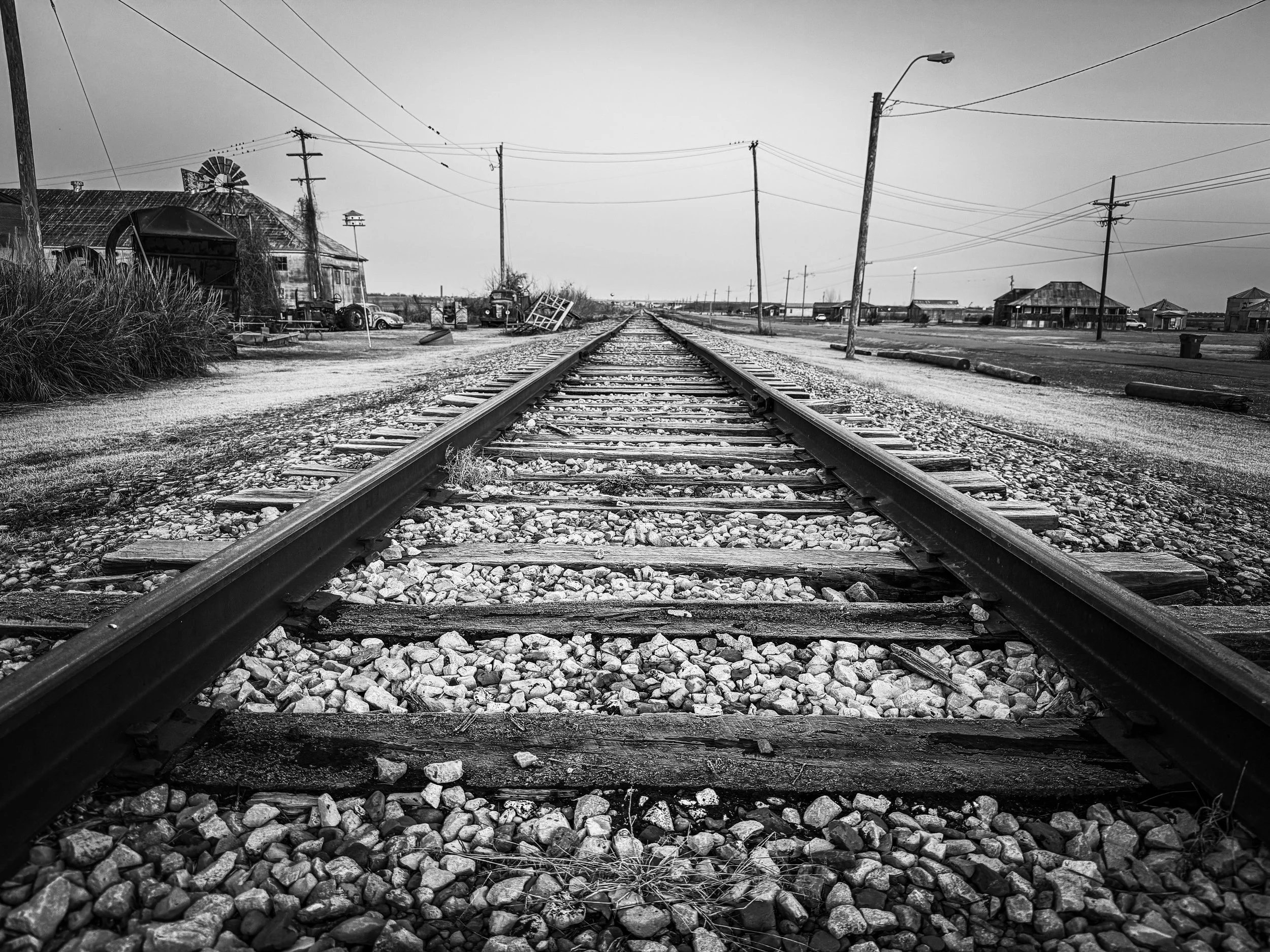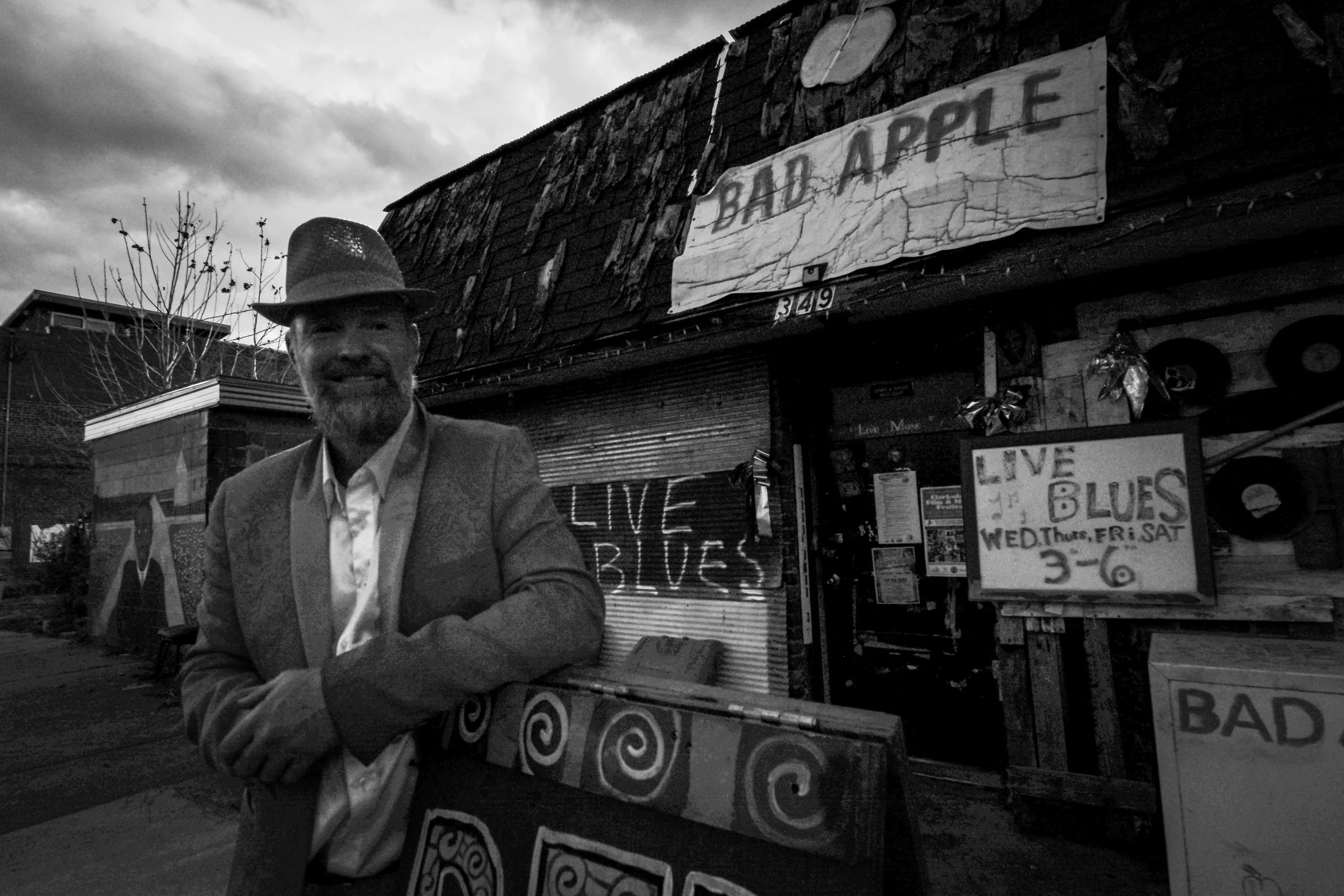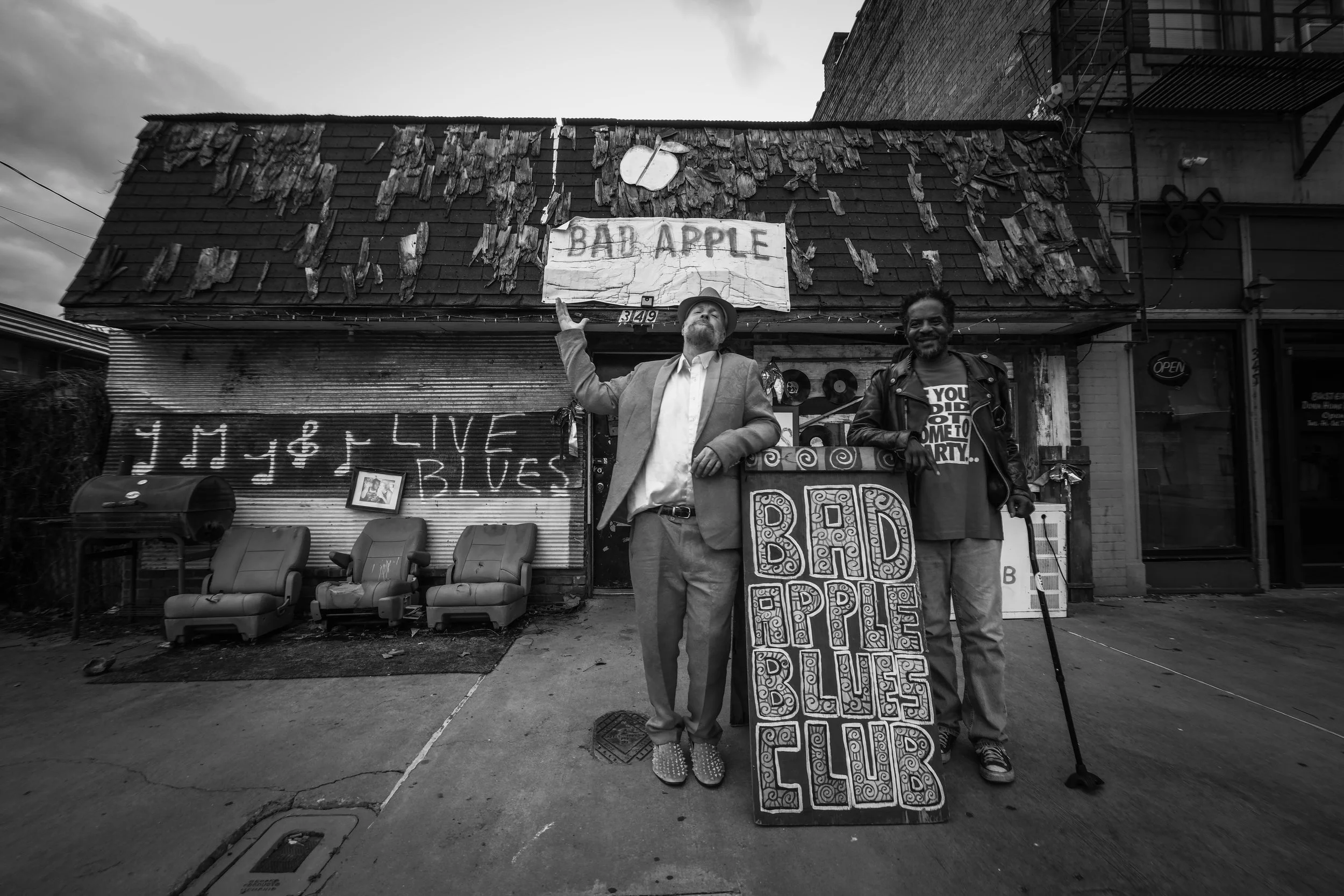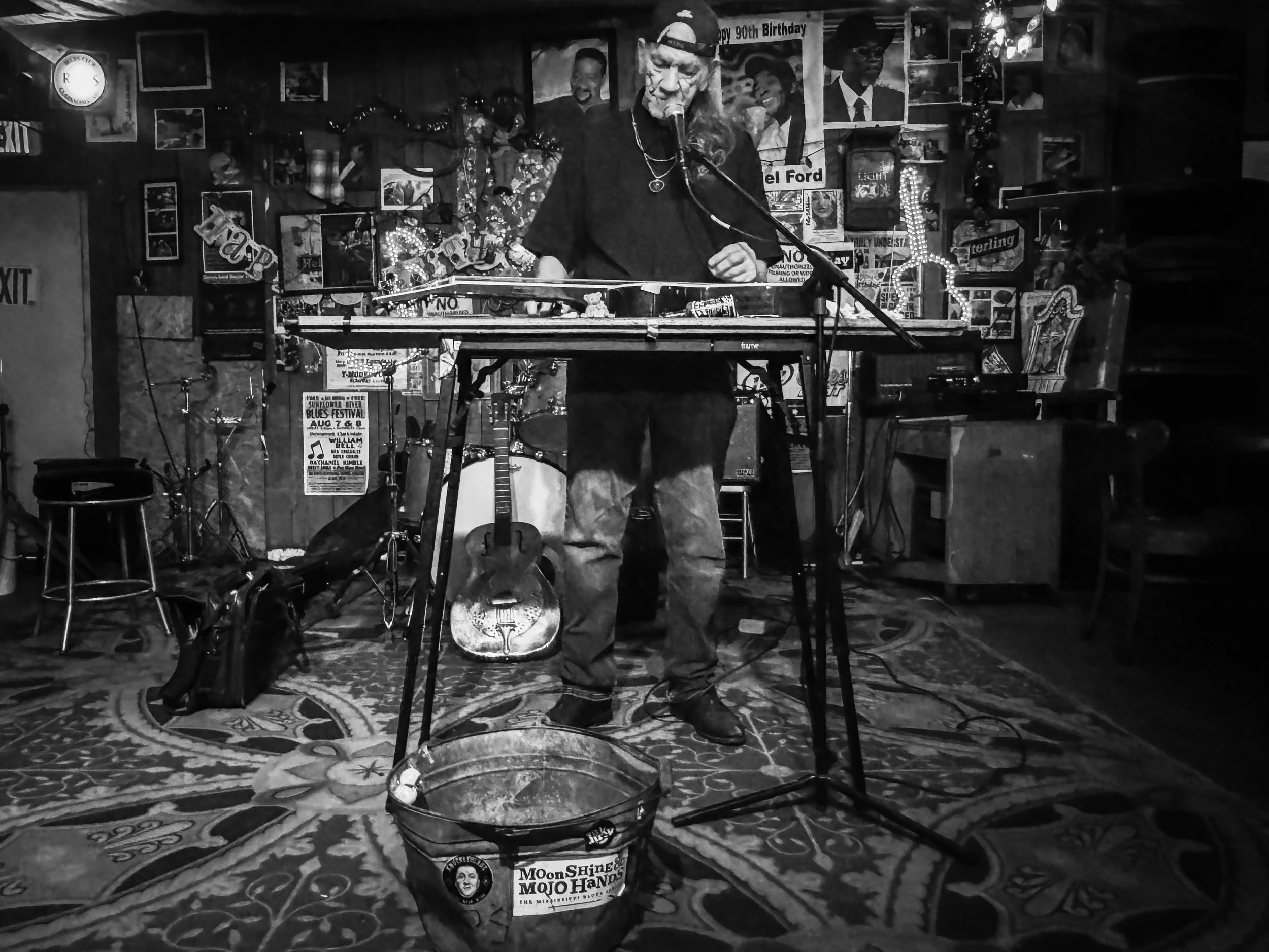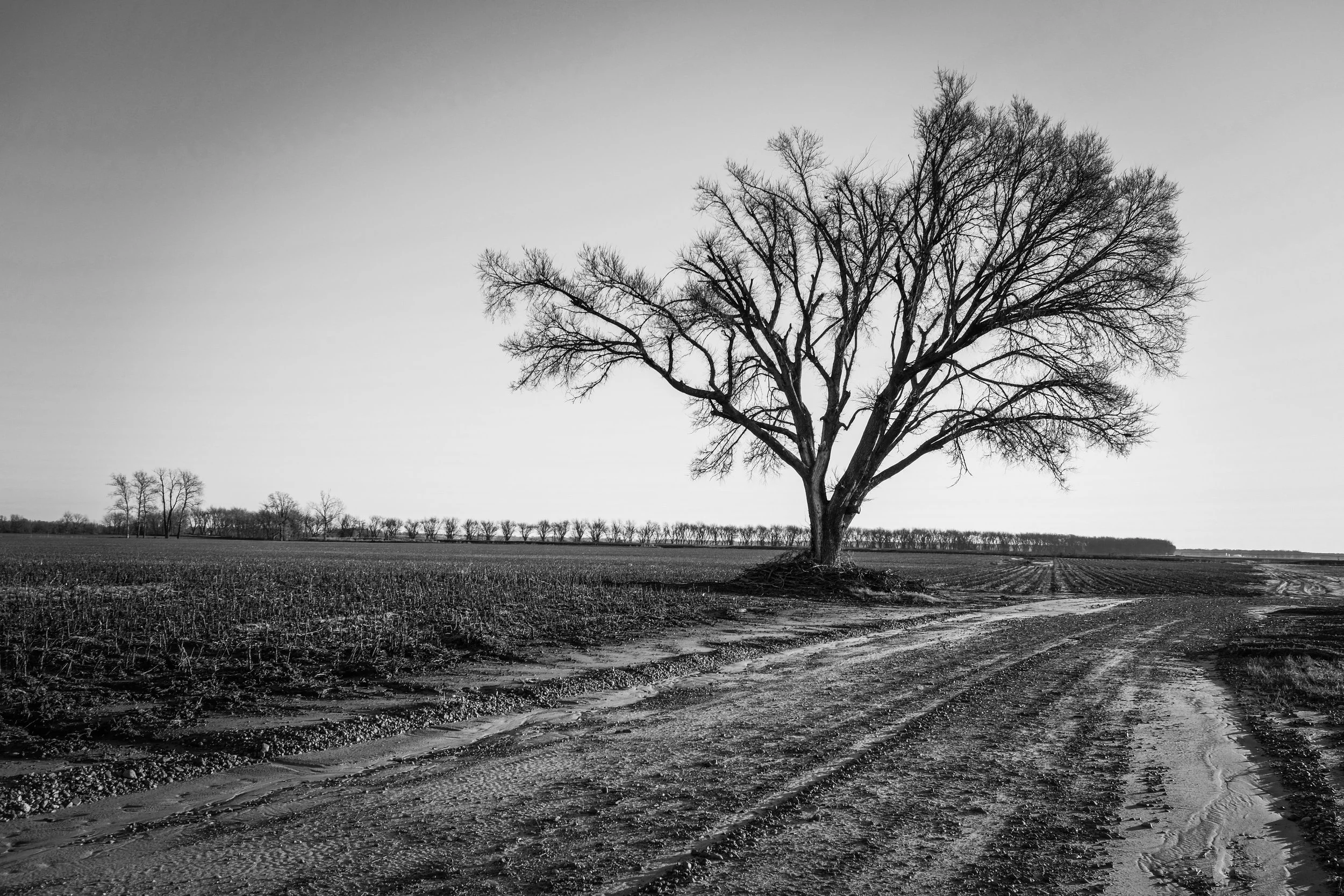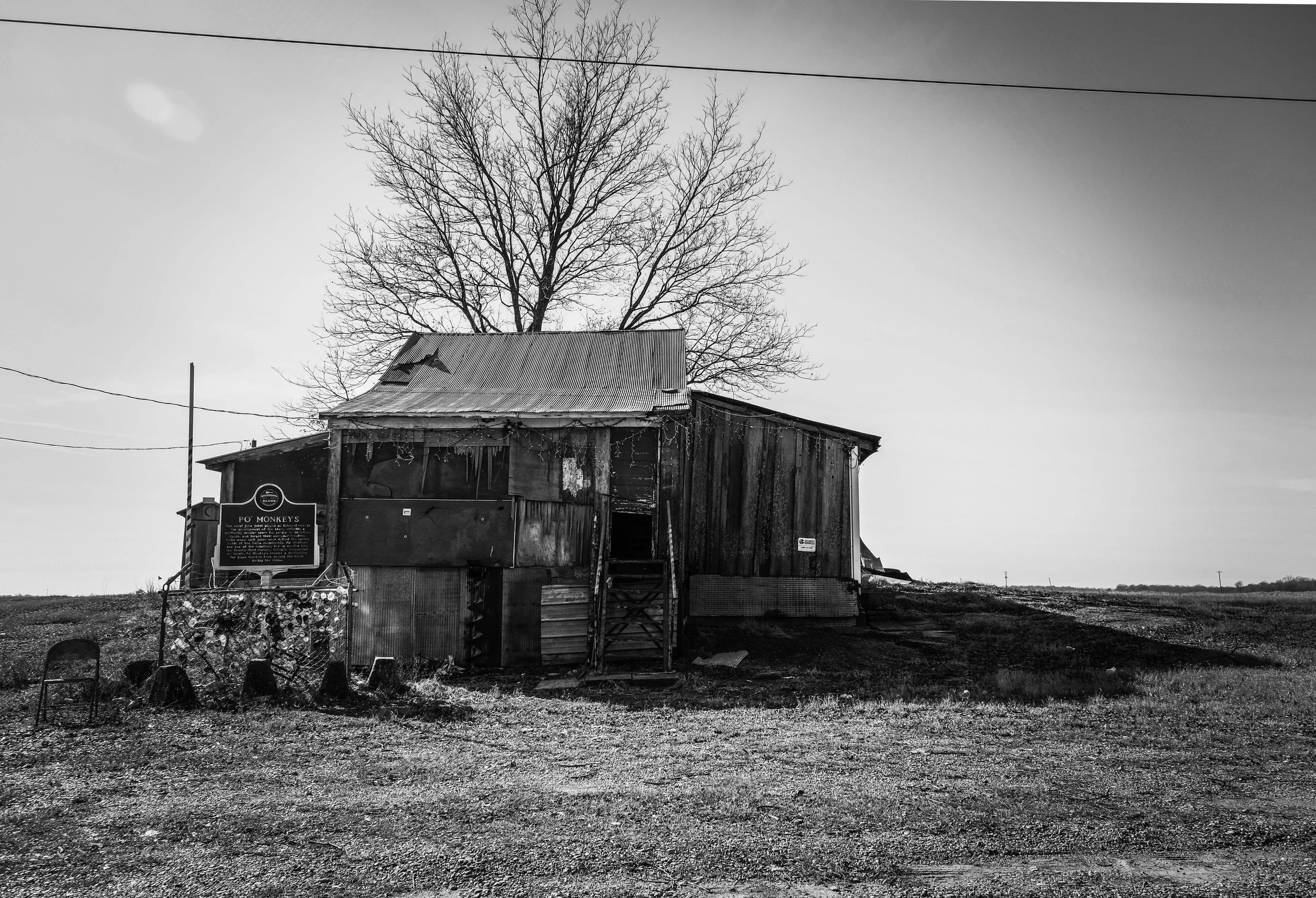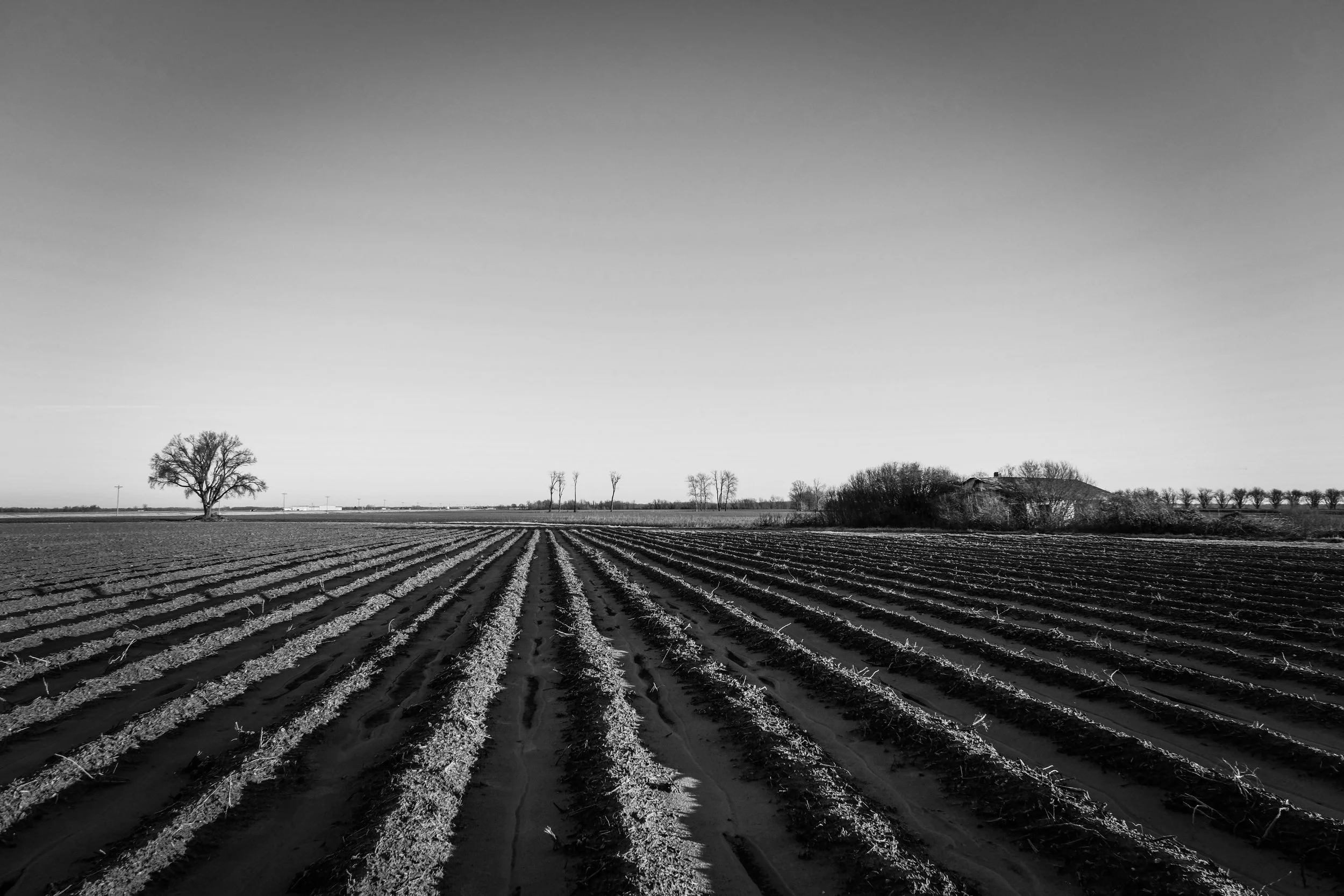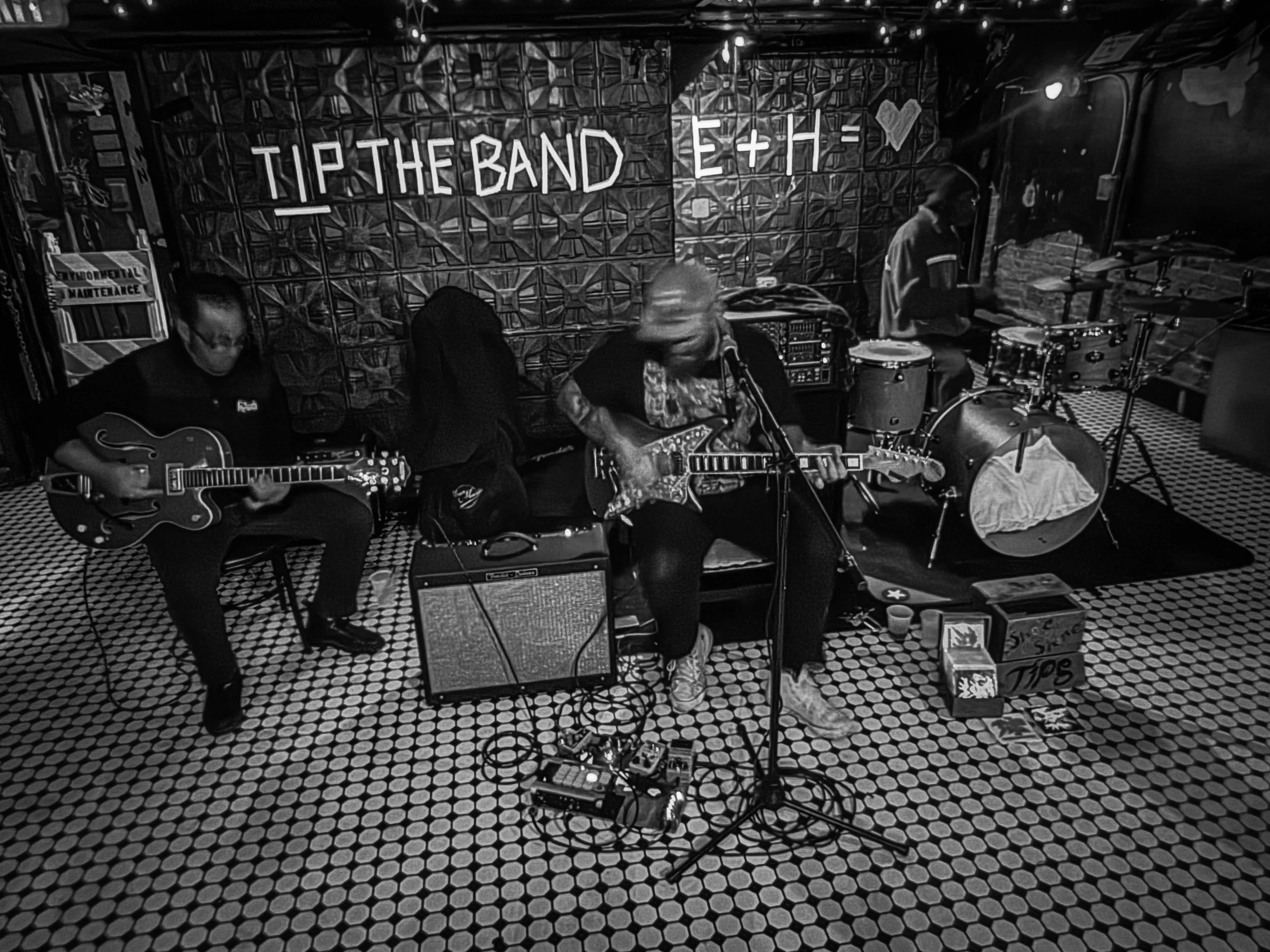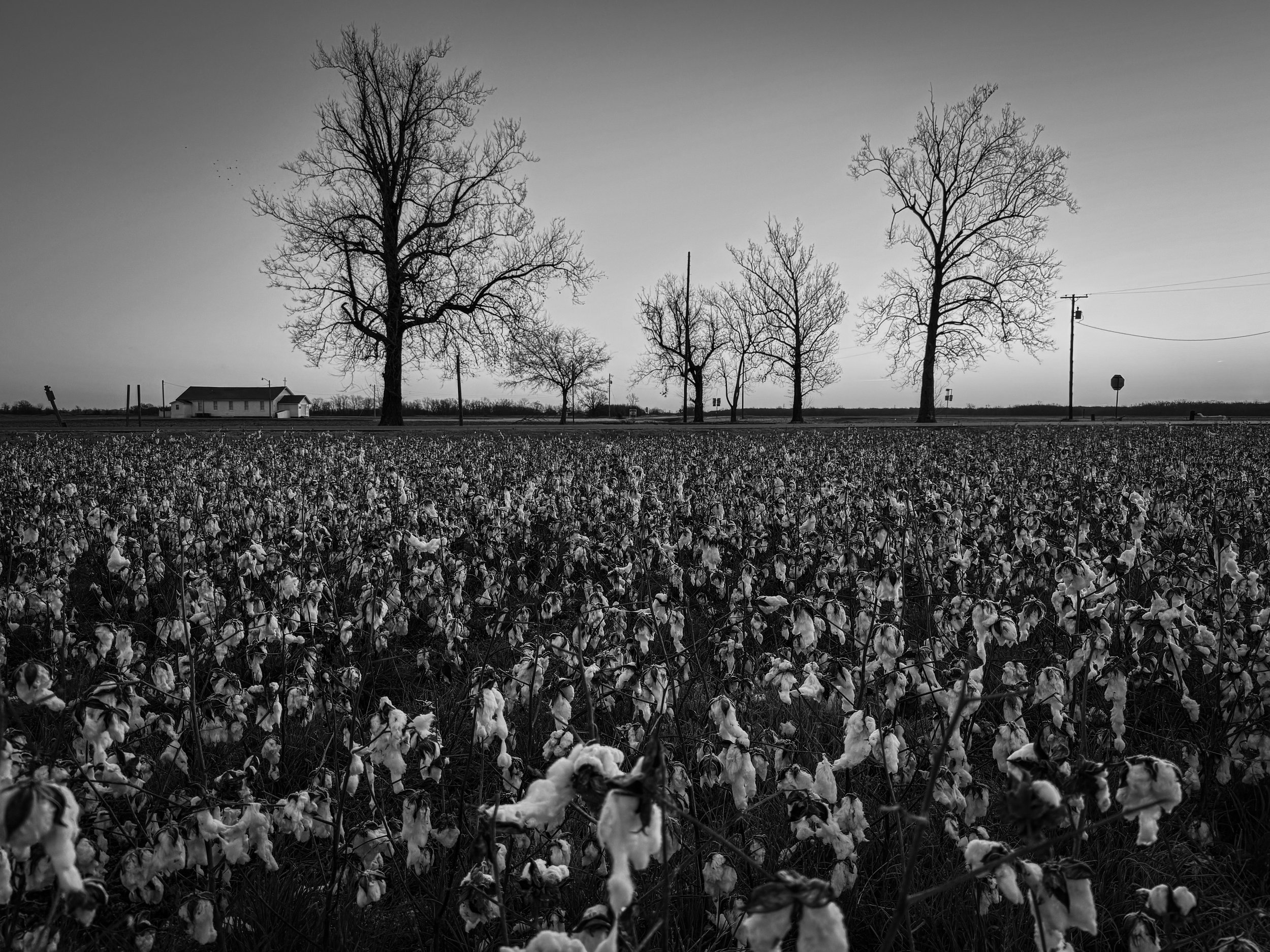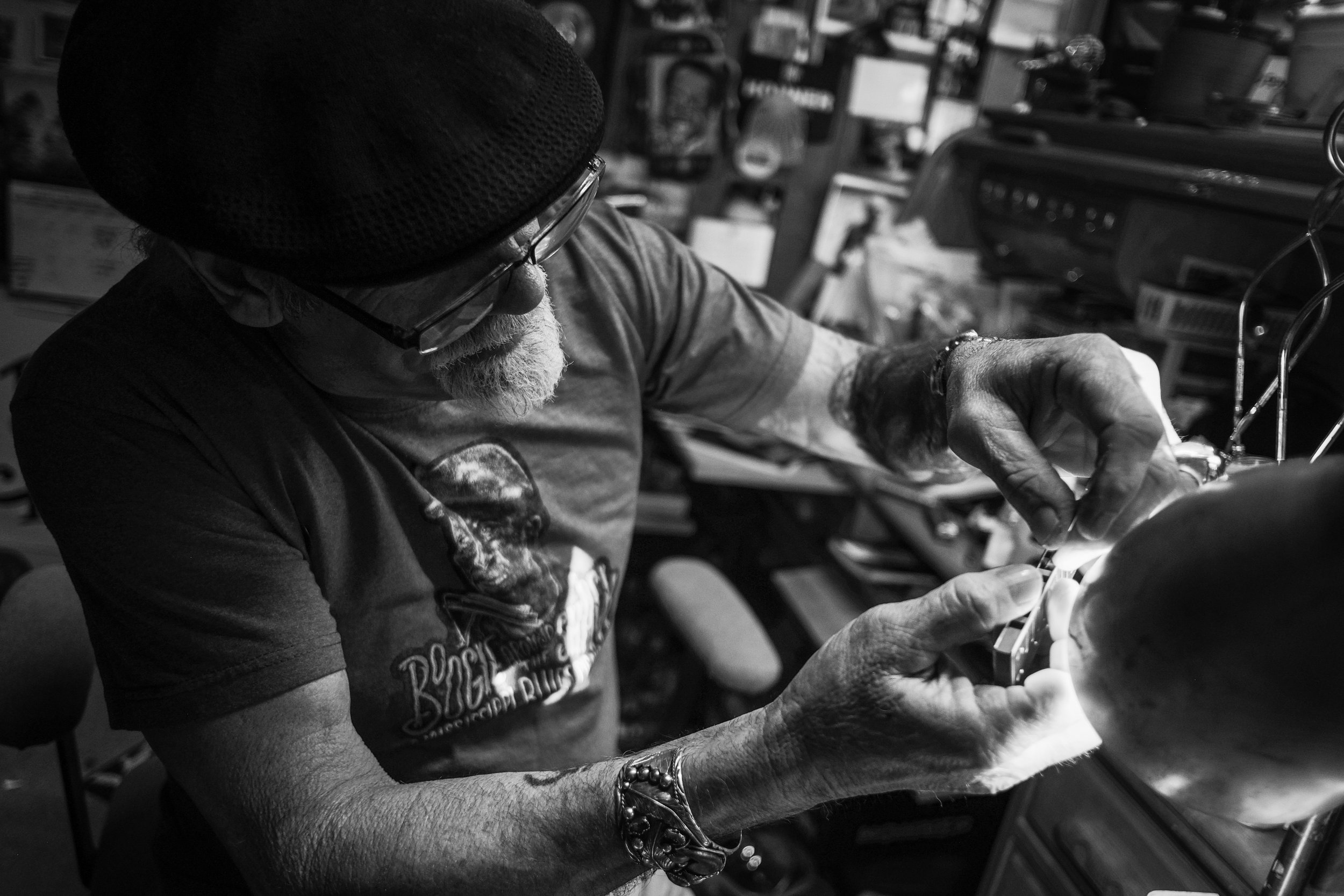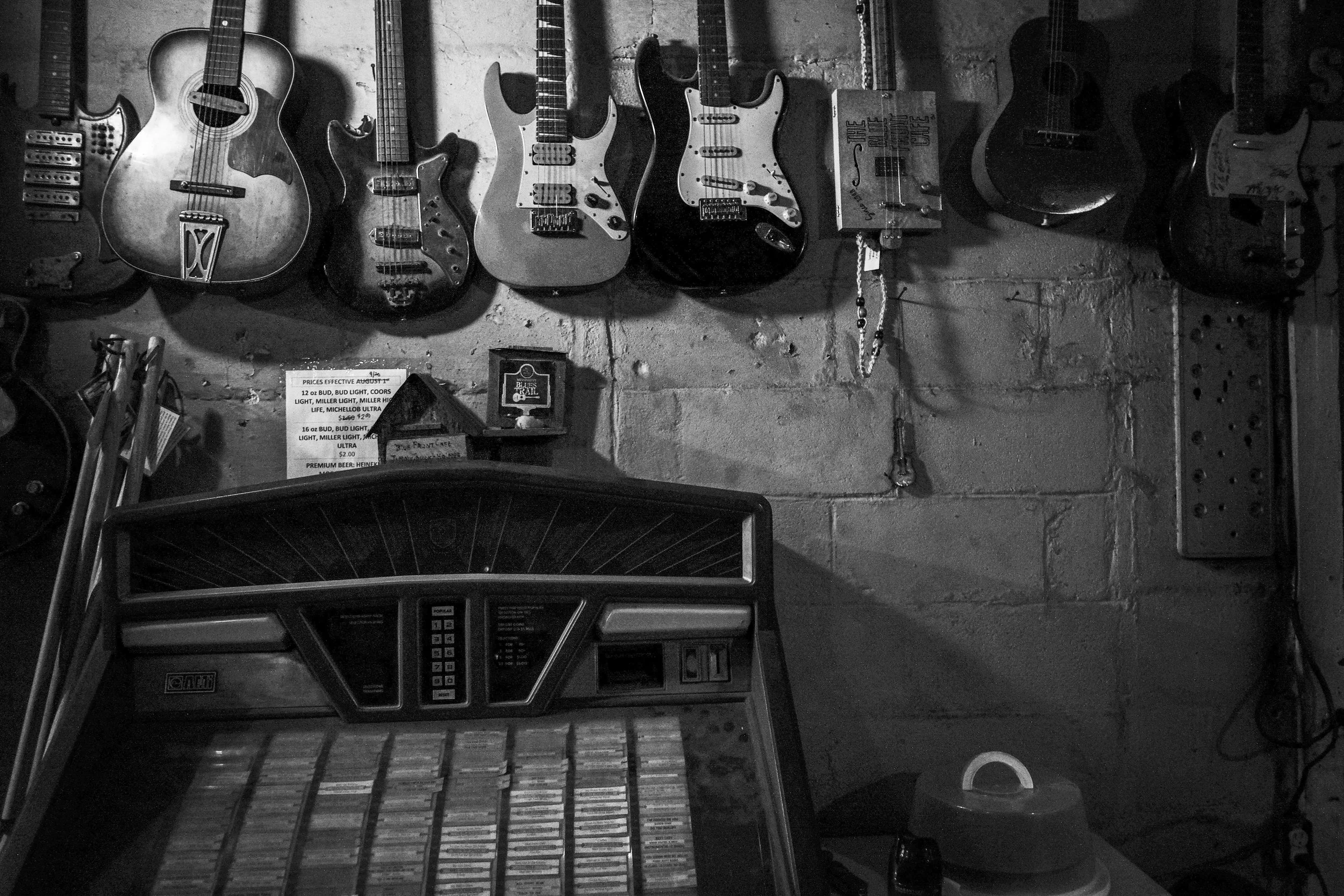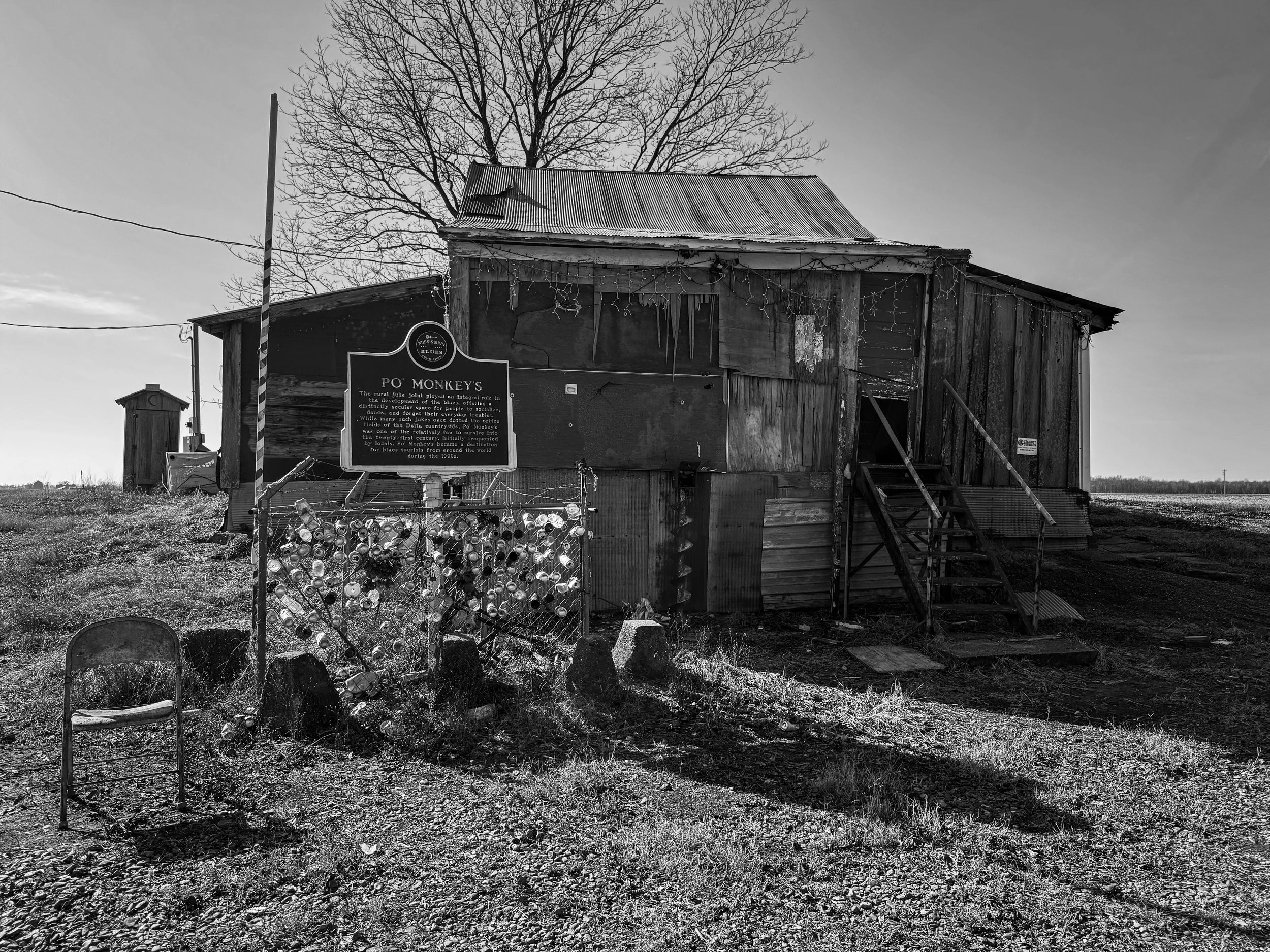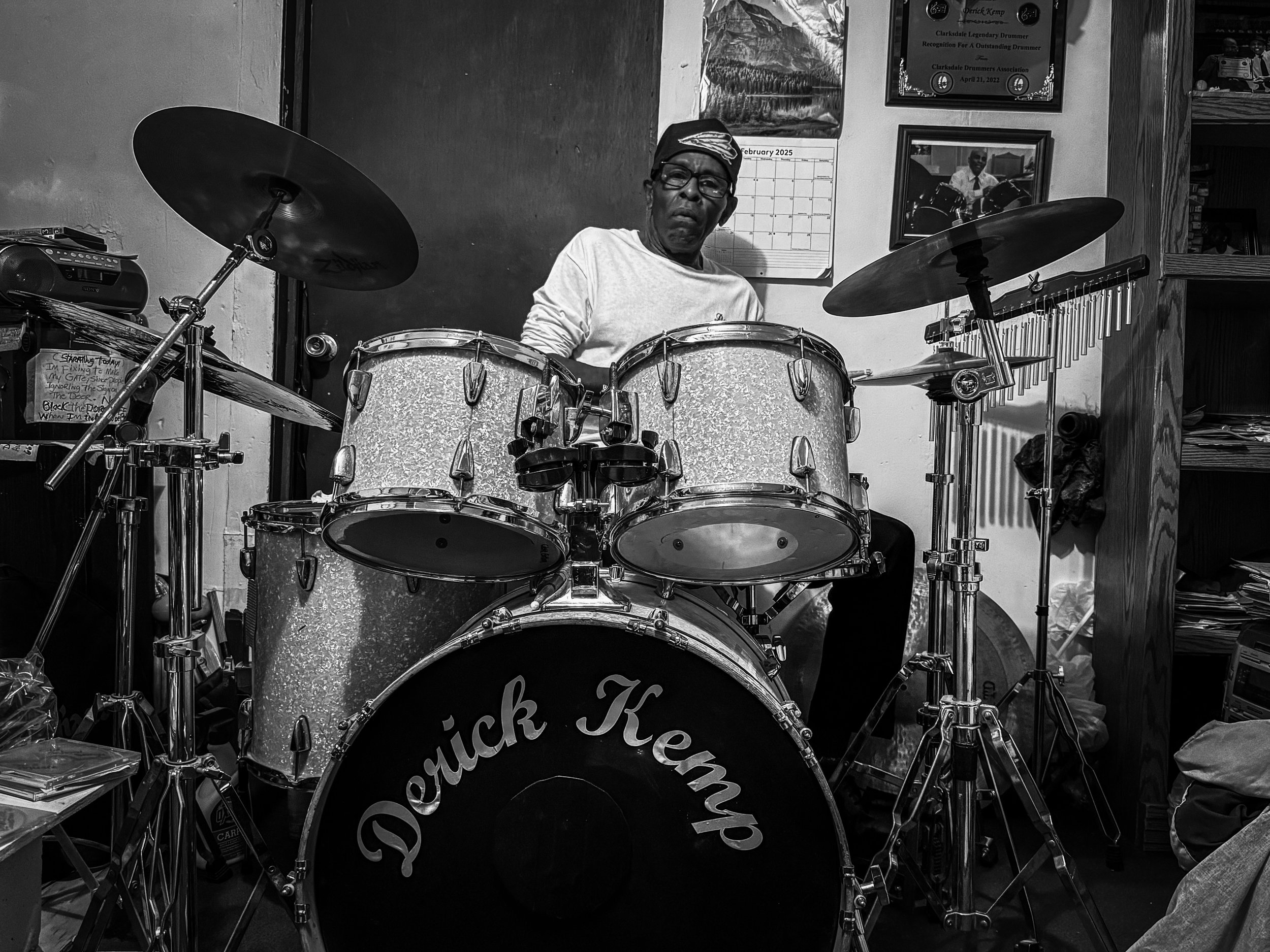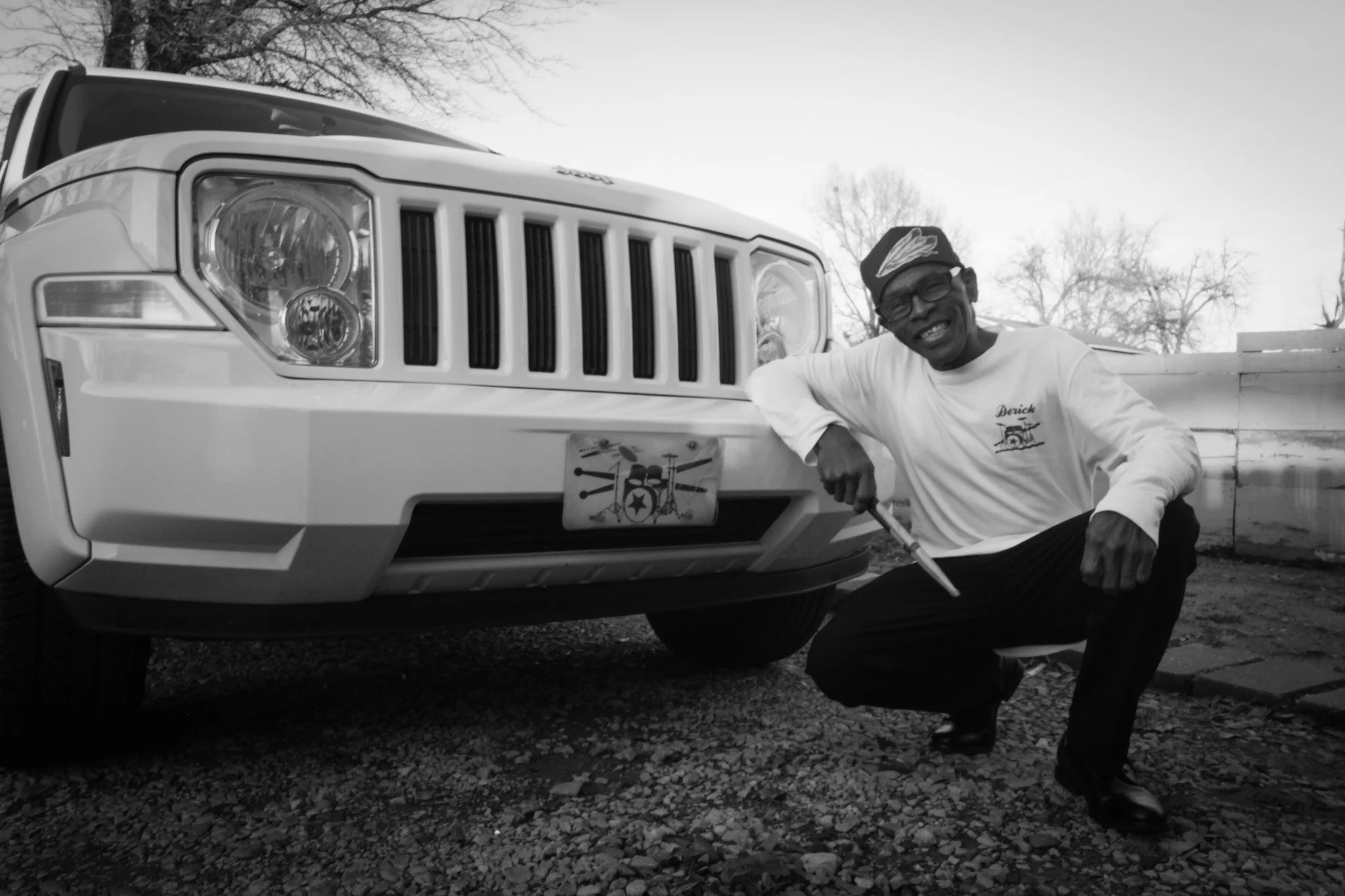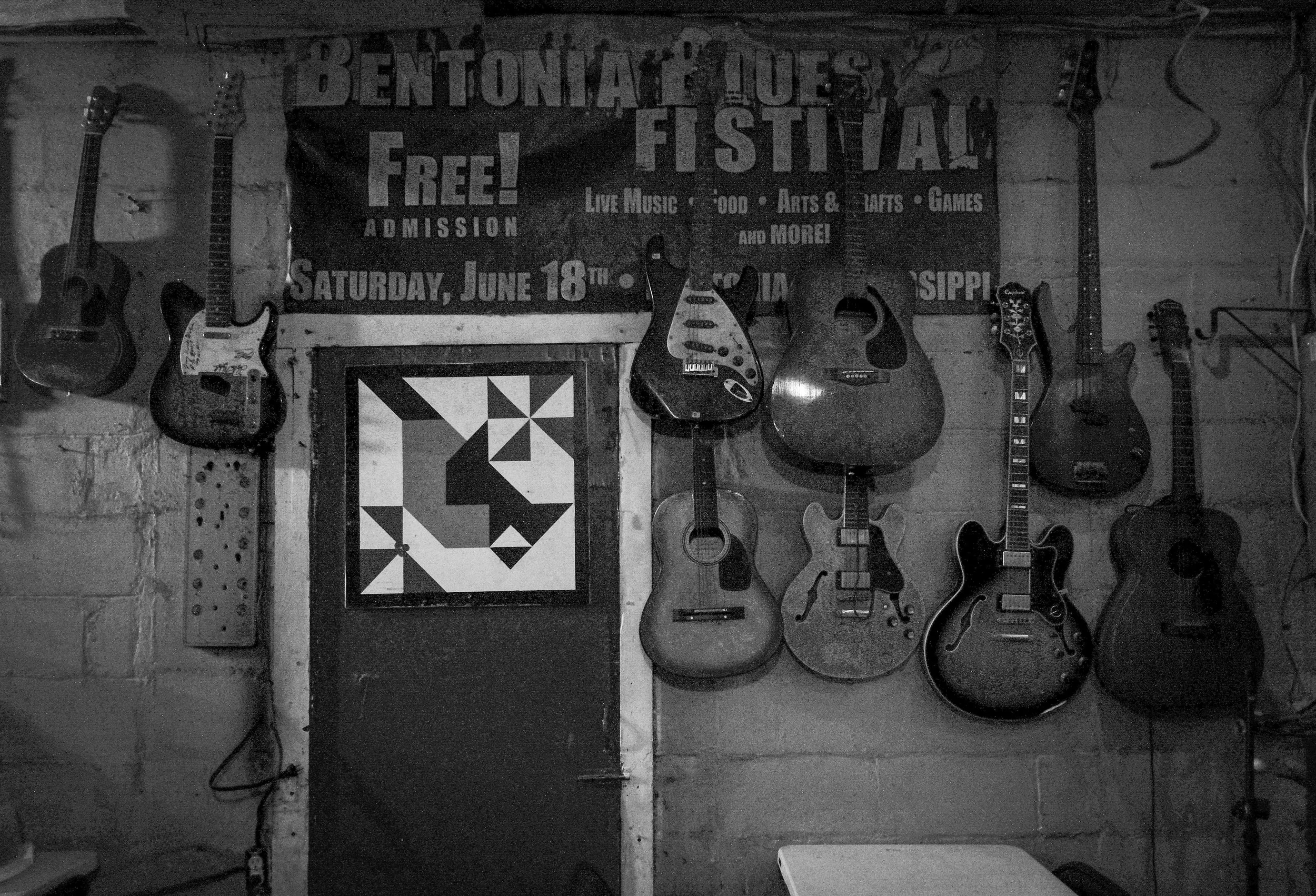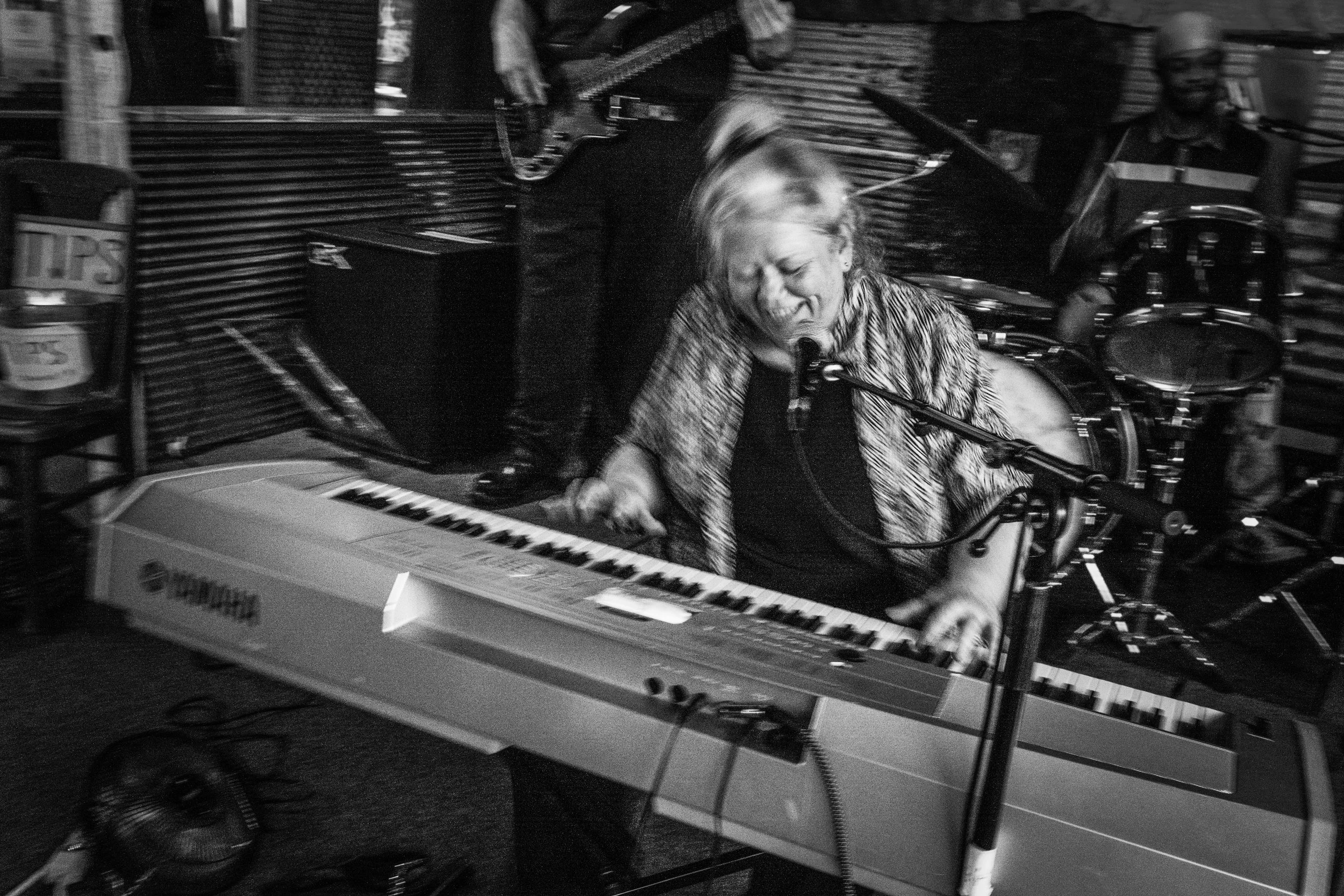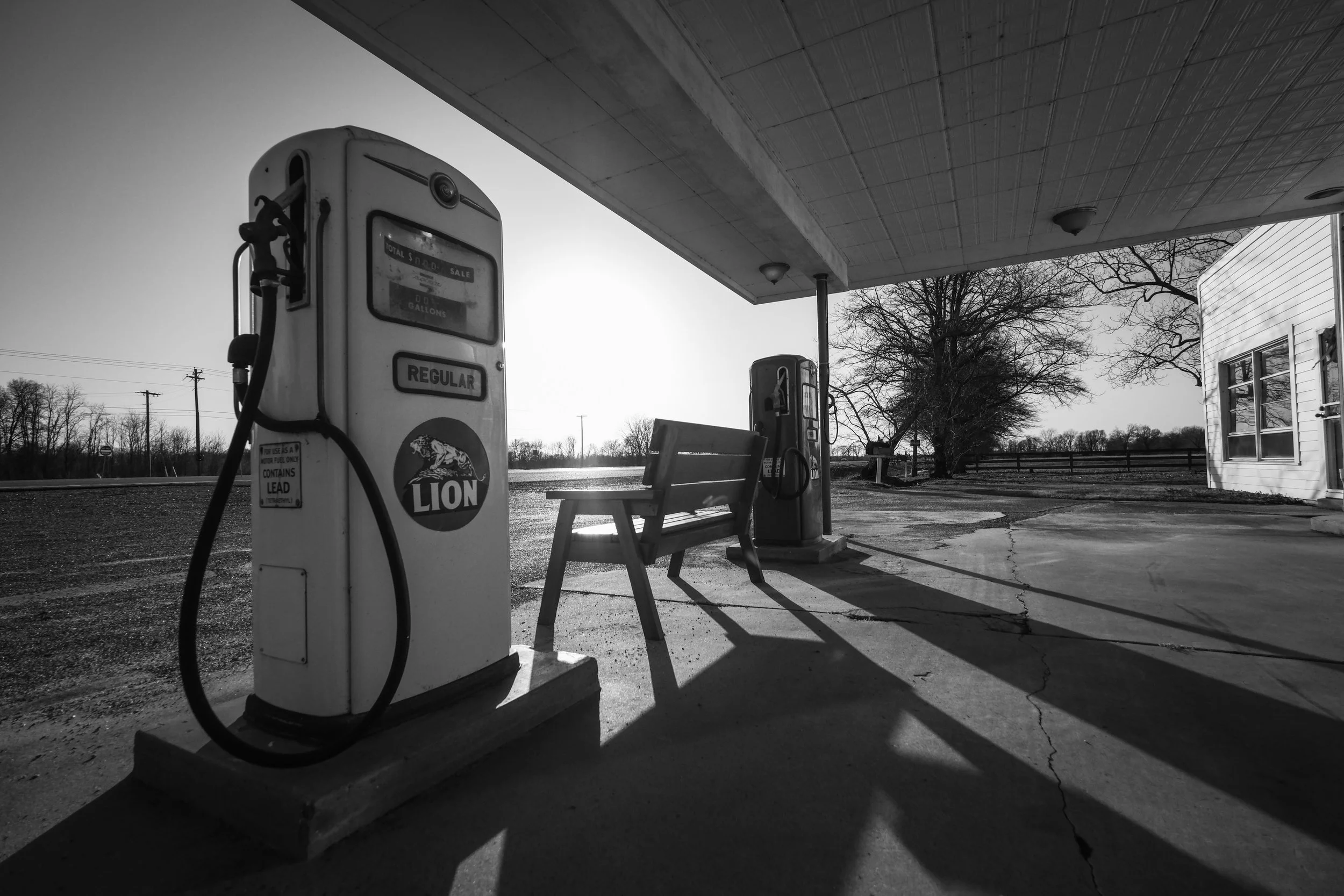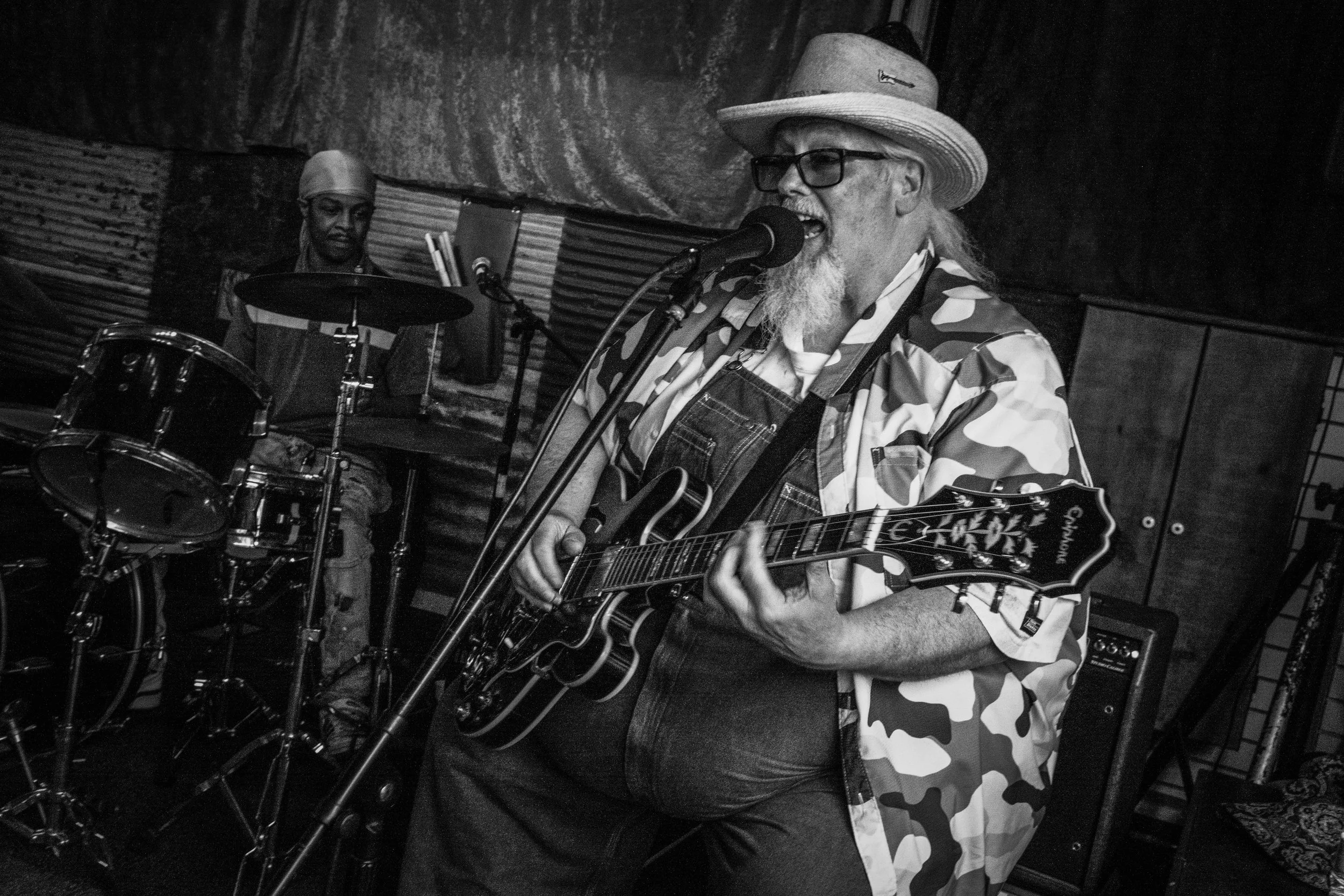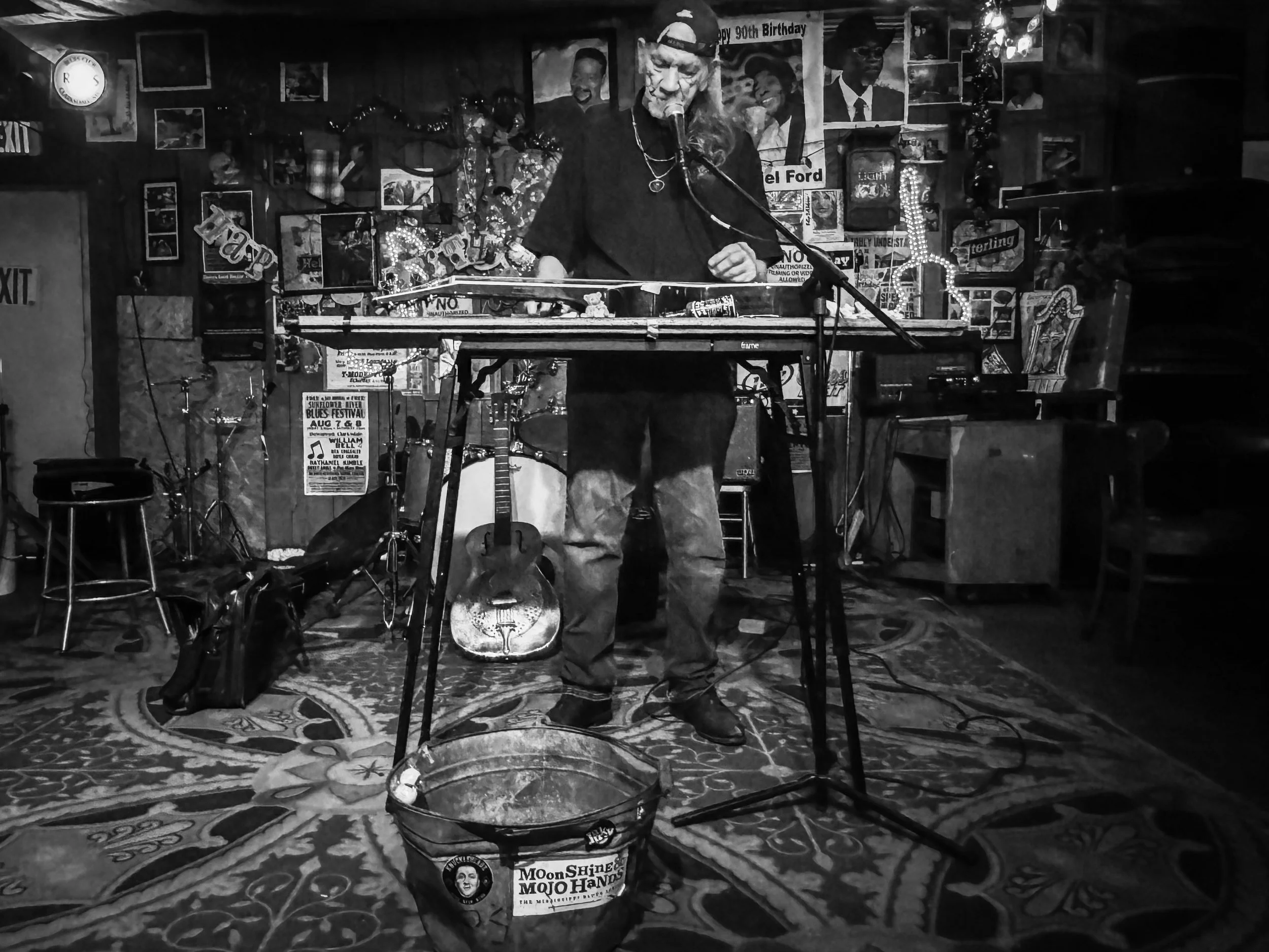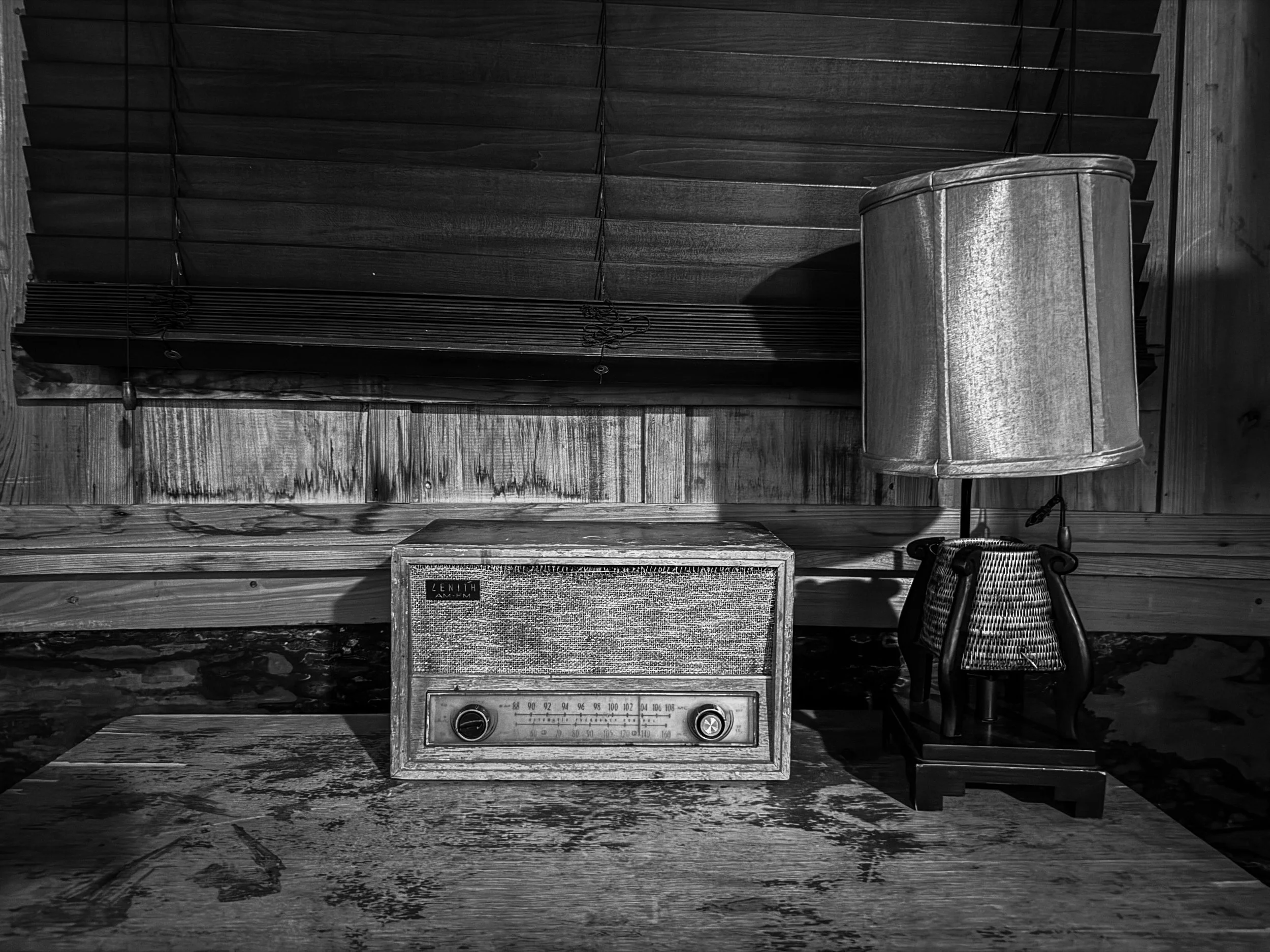The blues is more than just a genre—it is a living, breathing reflection of history, place, and personal truth. Rooted in the struggles and resilience of African American communities, the blues carries the weight of generations, yet remains a vibrant and evolving form of expression. Through my conversations with blues musicians of all eras, I have come to understand the blues not just as music, but as a language shaped by time, geography, and experience.
Blues musicians speak of the blues as something you don’t just play—you live it. They recall days when the rhythm of a train rolling through the Delta or the distant call of a riverboat whistle found its way into their melodies. Their music is raw and unfiltered, often learned not from formal training but by ear, from front porch storytellers and juke joint legends. In their songs, you hear the echoes of migration, hardship, and the unbreakable spirit of those who came before them.
The latest generation of musicians, while reverent of tradition, bring new energy and interpretation to the art form. Many acknowledge the challenge of balancing innovation with authenticity, questioning whether to follow the path of their predecessors or carve a new road. Some incorporate rock, soul, and modern production techniques, while others hold fast to the stripped-down, storytelling approach that defines the blues. Yet, even in their evolution, the essence of the blues remains: it is music born of place—whether that be the deep South, the bustling city, or anywhere in between.
The blues is shaped by the environment as much as by the hands that play it. Whether in the rolling hills of North Mississippi or the electric pulse of Chicago, the rhythms of nature—rivers, wind, train tracks—are embedded in its sound. Each note bends like a branch in the wind, each chord progression moves like the steady push of a current. The blues has always been about movement, about transition, about the tension between where you’ve been and where you’re going.
Through my work, I aim to honor this history while embracing its future. I play not just to preserve the past, but to keep the conversation going. The blues is a story that is still being told—by the voices of elders who carry its original truths, by young musicians finding their place within it, and by the land itself, humming its eternal, rhythmic song.
